Within the City, there is an Island. Upon that Island, there is a town. A town called Travis, “New York City’s last frontier.”1
Travis, on the west coast of Staten Island, has undergone several name changes since the first Europeans settled there in the 1600s. First, it was called Long Neck, then the name was changed to Travisville, after Colonel Jacob Travis, who lived there before the Civil War. Some people, presumably the Deckers, began referring to the area as “Deckertown.”
In 1873, Frederick Walton, inventor of linoleum, built the nation’s first linoleum factory on the banks of the Arthur Kill. In a burst of inspiration, he renamed the area Linoleumville.
Sheets of linoleum were selling like hotcakes, and in order to keep the operation running 24/7, the American Linoleum Company’s factory became the first building in Staten Island to install electric lighting. At its peak, the factory employed more than 700 men and women and produced over 1 million square meters of linoleum annually.
Eventually, competing manufacturers put the factory out of business, and it closed its doors for good in 1931. The townsfolk, now feeling silly telling people they were from Linoleumville, agreed they needed a new name. They voted overwhelmingly to change the name to Travis, a fresh update to its previous moniker. Sadly, Melvin came in a distant 2nd.
CRASS MENAGERIE
(As much as I wish I could take credit, Crass Menagerie is a NY Post-ism)
A couple of other names that loom large in Travis’ history are Razzi and Casper, a 4-month-old zebra and a 15-year-old Shetland pony. In 2012, the duo were observed trotting down Victory Boulevard in Travis. Casper, the ringleader, had escaped twice before. This was Razzi’s first attempt.
Zachary Osher, owner of Metropolitan Drape & Blind, who filmed the dramatic footage of the escapees, couldn’t believe his eyes.2
“The zebra was following the pony. They were galloping down the sidewalk. It’s a sight I never saw before or will ever see again.”
Just a few years later, Zachary may have been equally as shocked to see Buster, a one 1/2-year-old kangaroo, hopping down Travis Avenue.
All three animals had escaped from an underground petting zoo run by “serial exotic-animal owner” Giovanni Schirripa out of his Travis home. You may be surprised to learn that keeping a zebra (or a kangaroo) in New York City is not legal. Schirripa claimed he had a permit for his zebra, but no permit was on file with the Health Department. Under cover of the night, Razzi was snuck out of the city.
As for Buster, the kangaroo, Schirripa claimed he didn’t need a permit since he was “only visiting” from upstate.
I recently revisited the scene of the escape and saw no traces of any marsupials.
NEIGHBORHOOD WATCH
Last fall, while working on a project on the architecture of self-storage facilities, I was scouting a CubeSmart on Wild Avenue in Travis. I was drawn to the undulating dun colored hills, part of Fresh Kills Park, gradually rising behind the building.
The adjacent parking lot that served a trifecta of lodging options - a Comfort Inn, a Holiday Inn, and a Fairfield Inn - seemed like it had a better view.
Walking towards the lot, tripod over my shoulder, I wondered who might book a stay in a hotel abutting a former landfill next to a storage facility behind a bowling alley. Moreover, why would there be three of these establishments in a row?
Within a minute, I was approached by a stern looking man in combat fatigues who asked me what I was doing. I’m used to being stopped by security guards, and technically, I was trespassing, but it seemed like this guy was taking his job a little too seriously. He told me this was a sensitive government site and took down my contact information on a notepad before telling me to leave.
Having recently binged four seasons of Stranger Things with my daughter, my mind immediately began to wander. A sensitive government site in the middle of Staten Island? What better place for a portal to the upside down than an abandoned Fairfield Inn abutting a disused landfill?
Of course, it wasn’t really abandoned; there were quite a lot of people milling around, and after a quick perusal of recent news, I soon found out why.
Two of the three hotels were being used to house recently arrived asylum seekers, mainly from Venezuela. The man in camouflage was with the National Guard. Many locals were unhappy about this influx of migrants to the neighborhood.
One woman (an employee of Project Hospitality, an organization providing support services to asylum seekers) began recording the migrants and sharing the videos with a Facebook group keeping tabs on the situation, The Travis Neighborhood Watch. Not wanting to be outdone in the irony department, a nearby Catholic church, Our Lady of Pity, refused to accept donations for the migrants.3
Plenty of people did donate time, food, and clothes. Sebastian Bongiovanni, owner of Verde’s Pizza & Pasta House, provided free pizza to the migrants, prompting an (unsuccessful) boycott by the Travis Neighborhood Watch Facebook group.
While a recent search for the Travis Neighborhood Watch Facebook page turned up empty, I did notice signs posted throughout the area advertising an Instagram group, Protect our Children (POC?), which I imagine is the Facebook group’s new incarnation. Distribution of the flyers was particularly concentrated outside of Verde’s, which, incidentally, has a delicious Grandma slice.
It’s worth noting that even those offering their help to the asylum seekers are not happy with the government’s handling of the situation. While the hotels were initially supposed to stop operating as shelters after six to nine months, they remain open today.
Staten Island is currently only housing 2% of the city’s recently arrived migrants.
THE SEEDY PART OF TOWN
If you walk down Victory Boulevard, the same road that Razzi and Casper made their run for freedom, you will see row after row of quonset hut-style greenhouses. This is the edge of the 13-acre Greenbelt Native Plant Center, the only municipal native plant nursery in the country. If you’re looking for some Hairy Solomons Seal, Bladder Nut, or Allegheny Monkey Flower, this is your place.
Operated by the NYC Department of Parks & Recreation, the GNPC is a greenhouse, nursery, and seed bank complex. They collect seeds from the city’s indigenous plants and have 650 species of native plants conserved in their seed bank. The plants they grow from those seeds are used for various habitat restoration projects throughout the city.
Though they are not open to the public, they have numerous volunteer days throughout the year if you want to get your hands dirty.
Here is an excellent interview on Curbed with one of the two seed collectors employed by the Native Plant Center.
SIGHTS AND SOUNDS
This week’s field recording starts outside a school and ends inside a bowling alley. Headphones take you right there:
FEATURED PHOTOGRAPHER
This week, I’m happy to feature the work of another photographer friend, Jade Doskow. Among other things, Jade is the official Photographer-in-Residence of Freshkills Park, where she has been working on a long-term project documenting the former landfill’s transformation into a park.
From her site:
Freshkills Park offers a compelling (albeit complicated and imperfect), ultimately optimistic view of how visionary urban planners can take a landscape that has been completely destroyed and resurrect it, literally transforming the garbage of the U.S.ʼs most populous city and creating grasslands replete with rare species of flora and fauna, rolling hills dotted with flowers, and waterways once again attracting marine life. Doskowʼs work ask us as such: if 2,200 acres of New York Cityʼs household waste can be transformed into glorious meadowlands and woodlands, what else is possible?
This project reminds me of Toshio Shibata’s photographs documenting large-scale public works in Japan. Jade’s formal compositions, meticulously shot with a 4x5 view camera, imbue this former dump with a sense of grandeur. To see more of Jade’s work, check out her website.
NOTES
In 1902, four years after Spain signed the Treaty of Paris, ceding Puerto Rico to the U.S., Isabel González, traveled from Puerto Rico to join her husband, who had recently started working at the American Linoleum Factory in Linoleumville. Even though Puerto Rico was a U.S. territory, González, who was pregnant at the time, was detained at Ellis Island by immigration authorities, who claimed she had entered the country illegally, citing recent changes to immigration policy.
González appealed her case all the way to the Supreme Court, and in 1904, they ruled in the case of González v. Williams that she was indeed a U.S. citizen and could not be denied entry to the mainland United States. This decision set an important precedent, paving the way for all Puerto Ricans to be officially granted United States citizenship.
I was surprised to learn that linoleum is very eco-friendly. Made from solidified linseed oil mixed with cork dust, pine resin, and pigment and then pressed onto a burlap or canvas backing, it is completely biodegradable. Linoleum is making a comeback, and Vox has a great video explainer about its history.
Travis has one of the longest continuously running Independence Day parade traditions in the country. The first parade was held in 1911.
Travis is also the name of a Scottish rock band formed in the 90s. A friend, who is in much better shape than I am and who shall remain nameless, was used as a body double in one of their videos. In the video, the other band members bet the lead singer he can’t do pushups for an entire day (which he obviously can’t since he needed a body double), and he takes them up on it. The rest of the video shows him doing pushups while lip-syncing his way through lyrics that, to my mind, have nothing to do with pushups, endurance, or betting.
https://nypost.com/2012/11/29/si-zebra-and-pony-run-amok/
https://gothamist.com/news/an-influx-of-migrants-has-divided-a-staten-island-neighborhood-the-natives-are-getting-restless

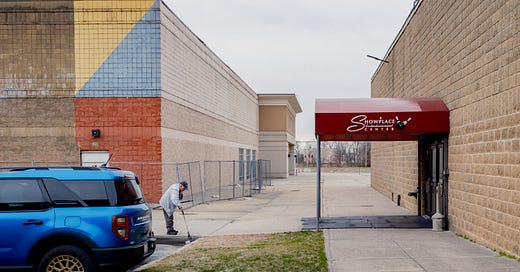


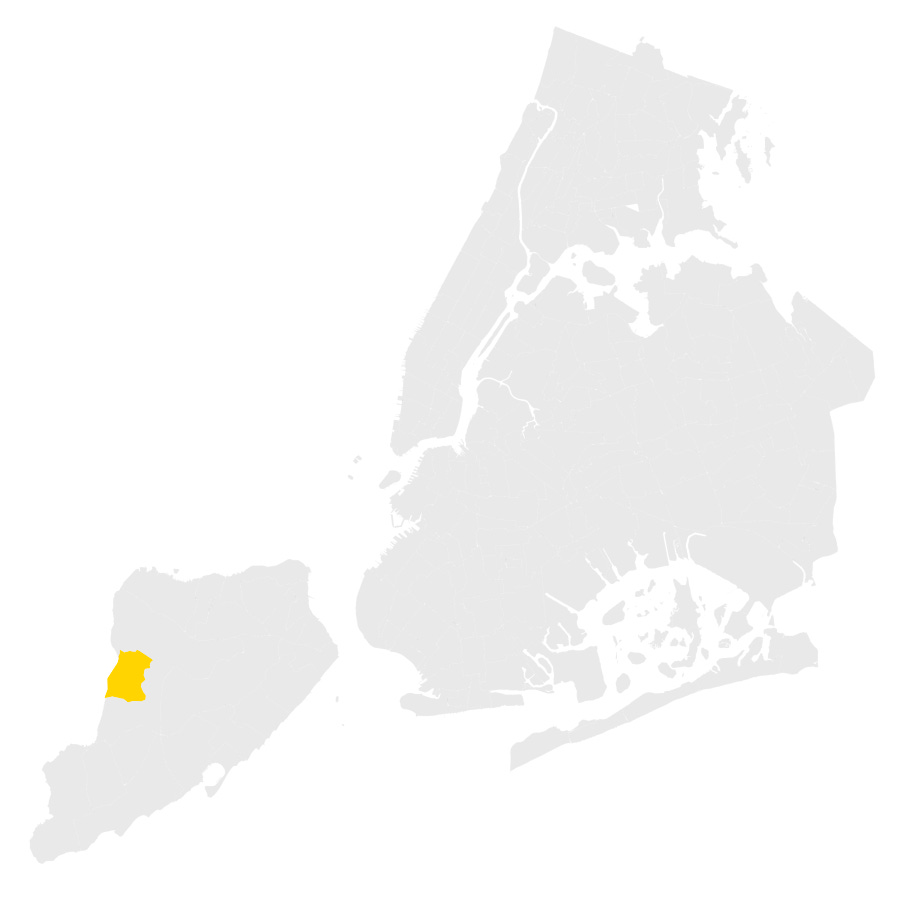
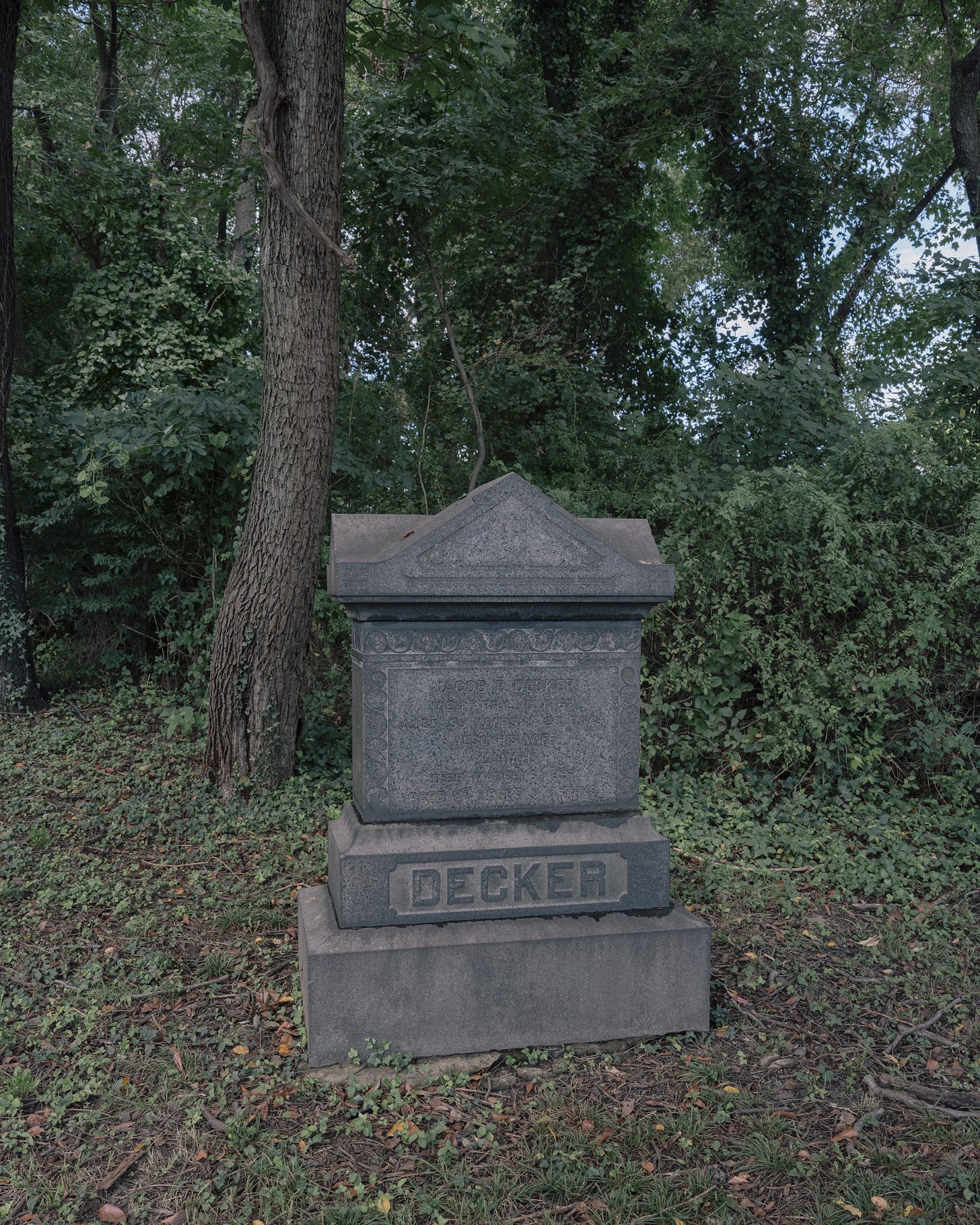
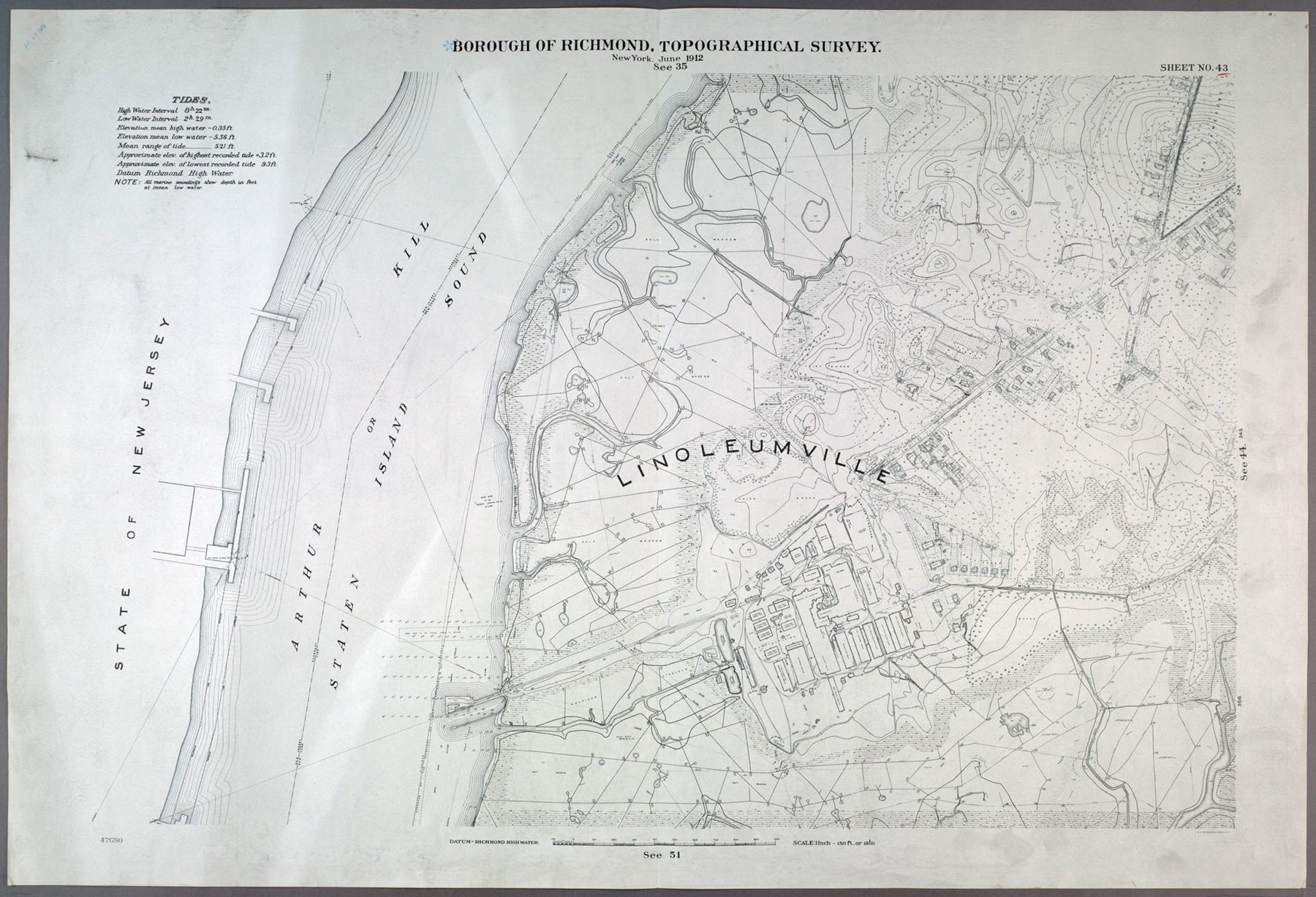
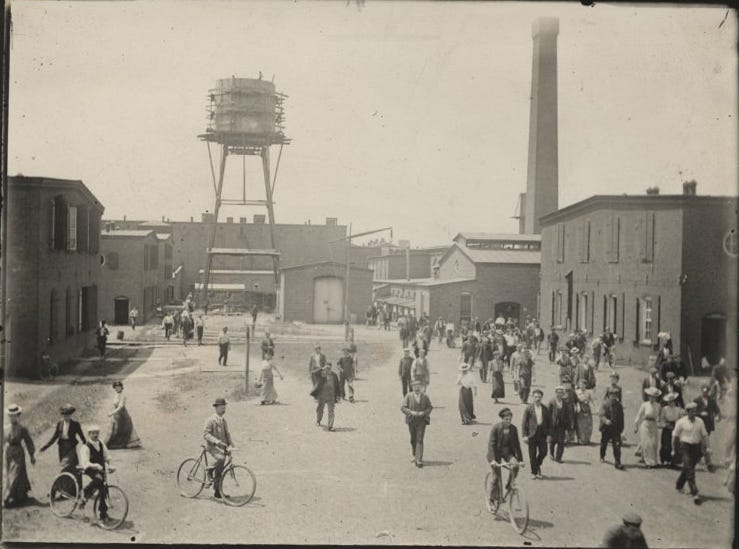

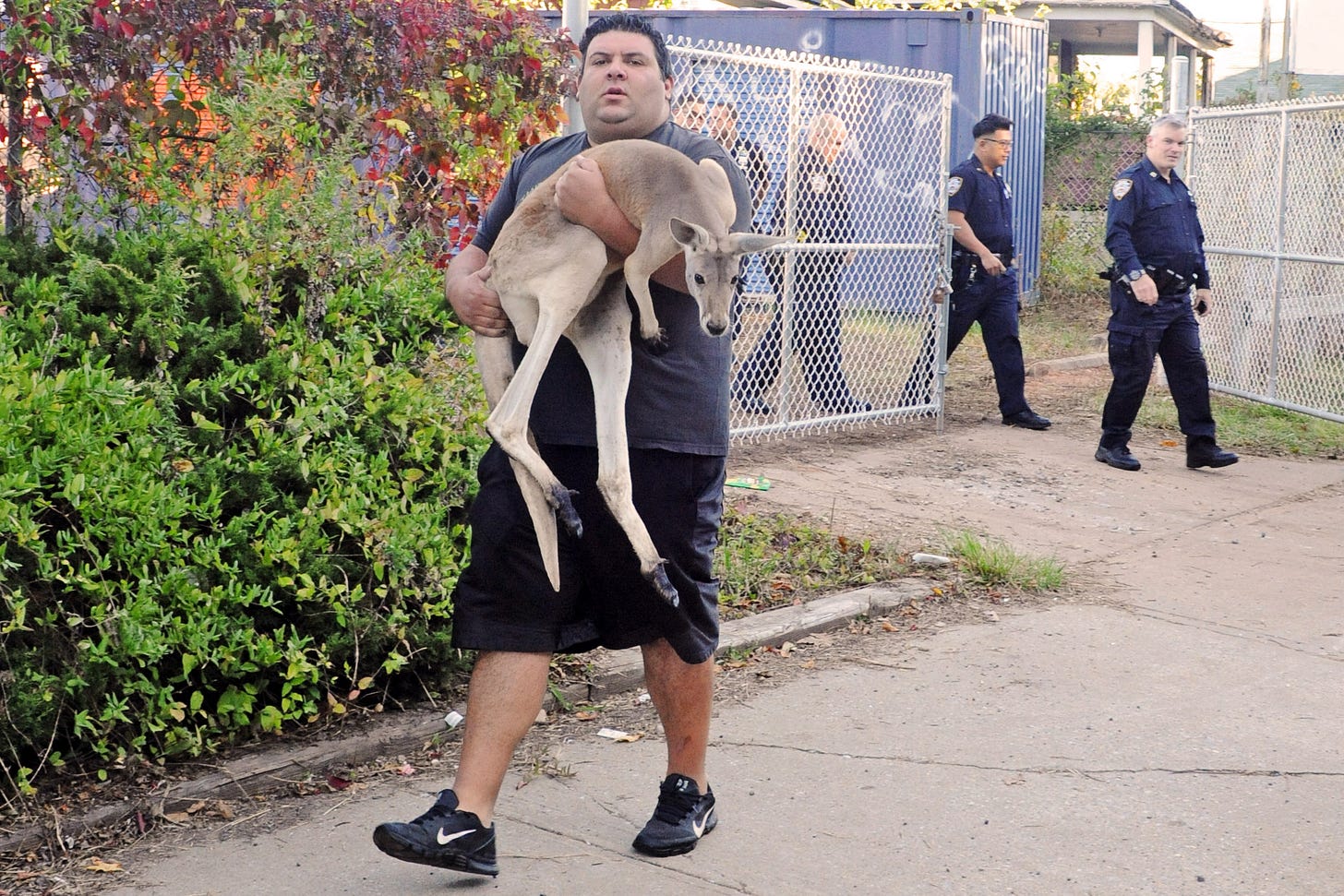
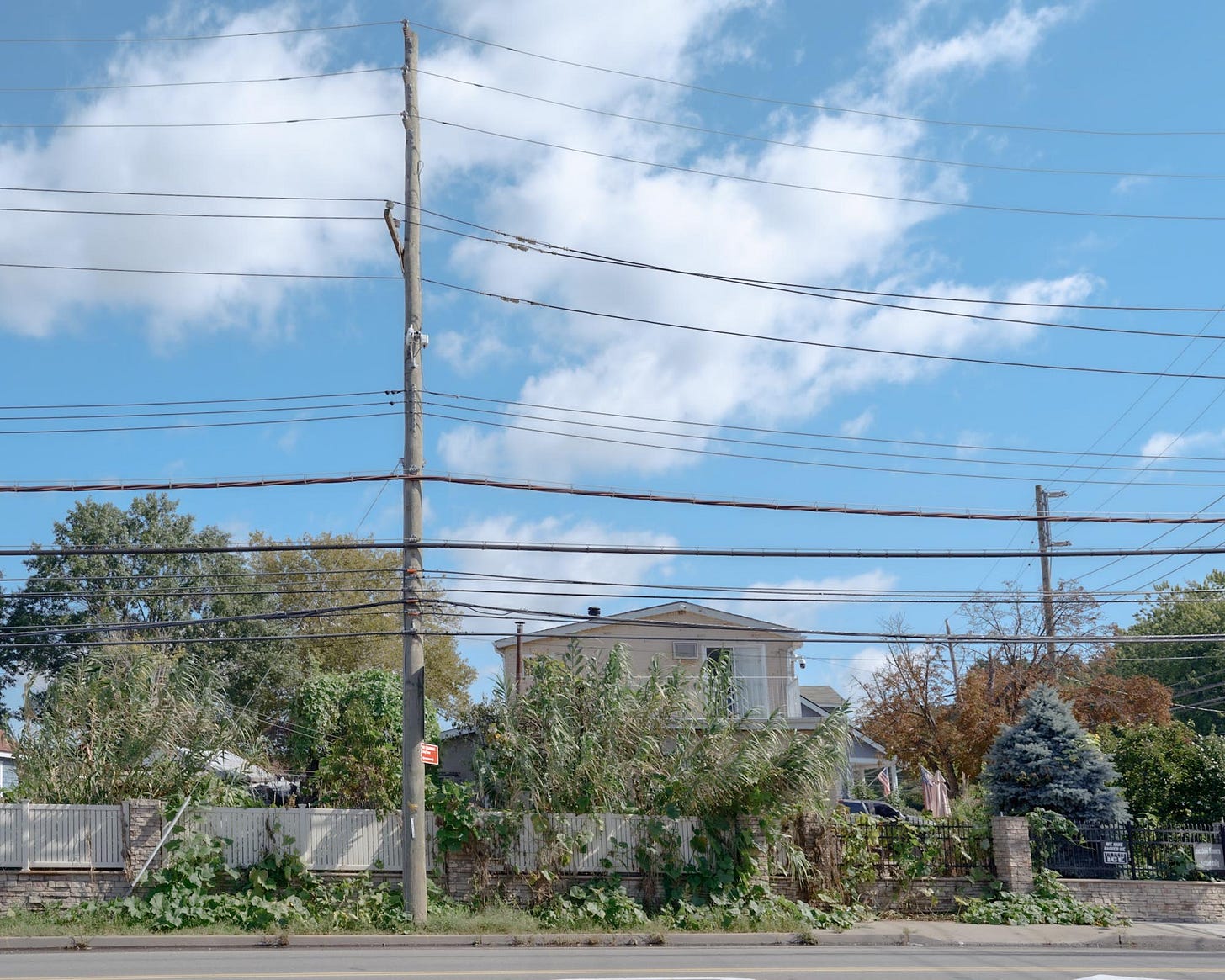
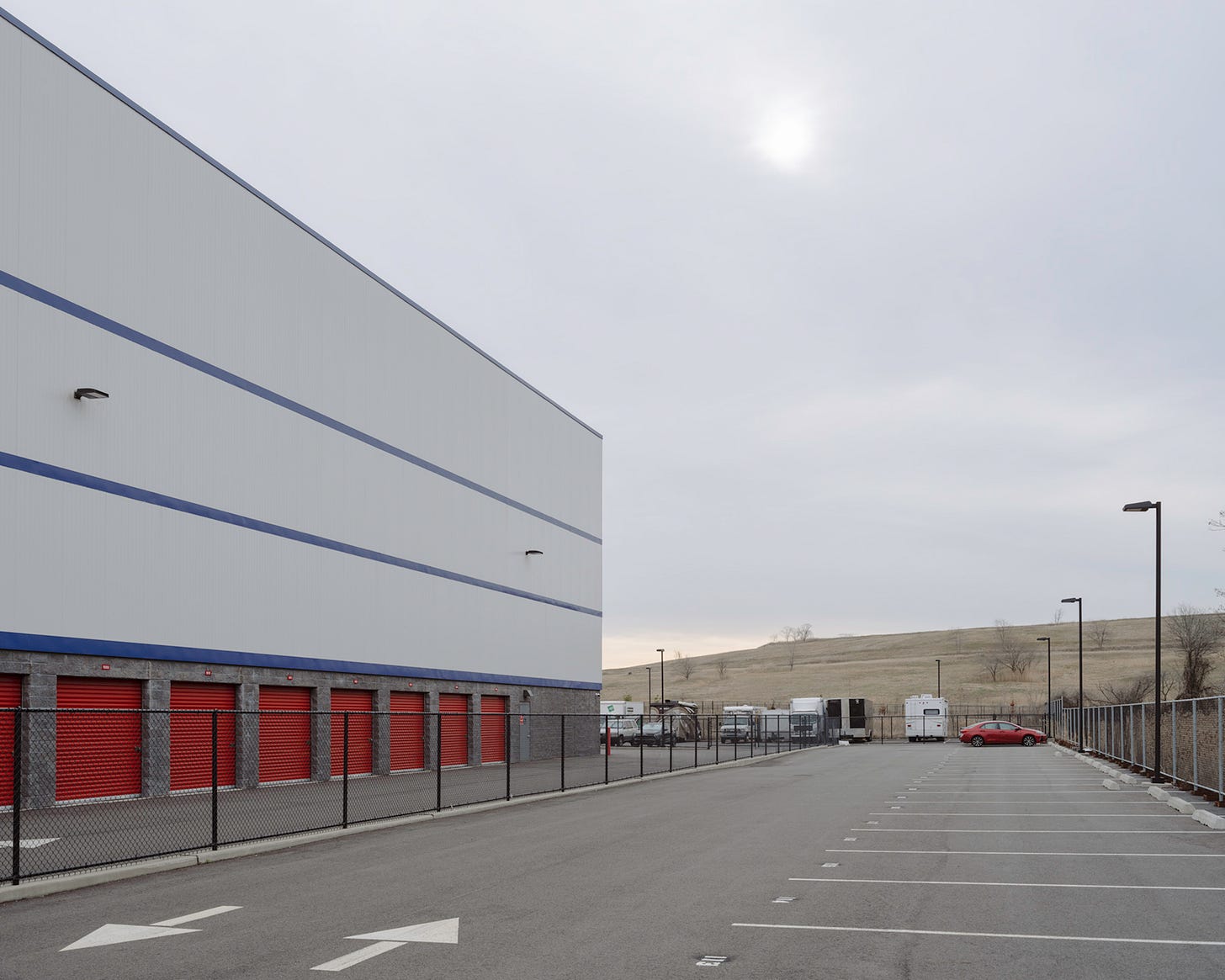
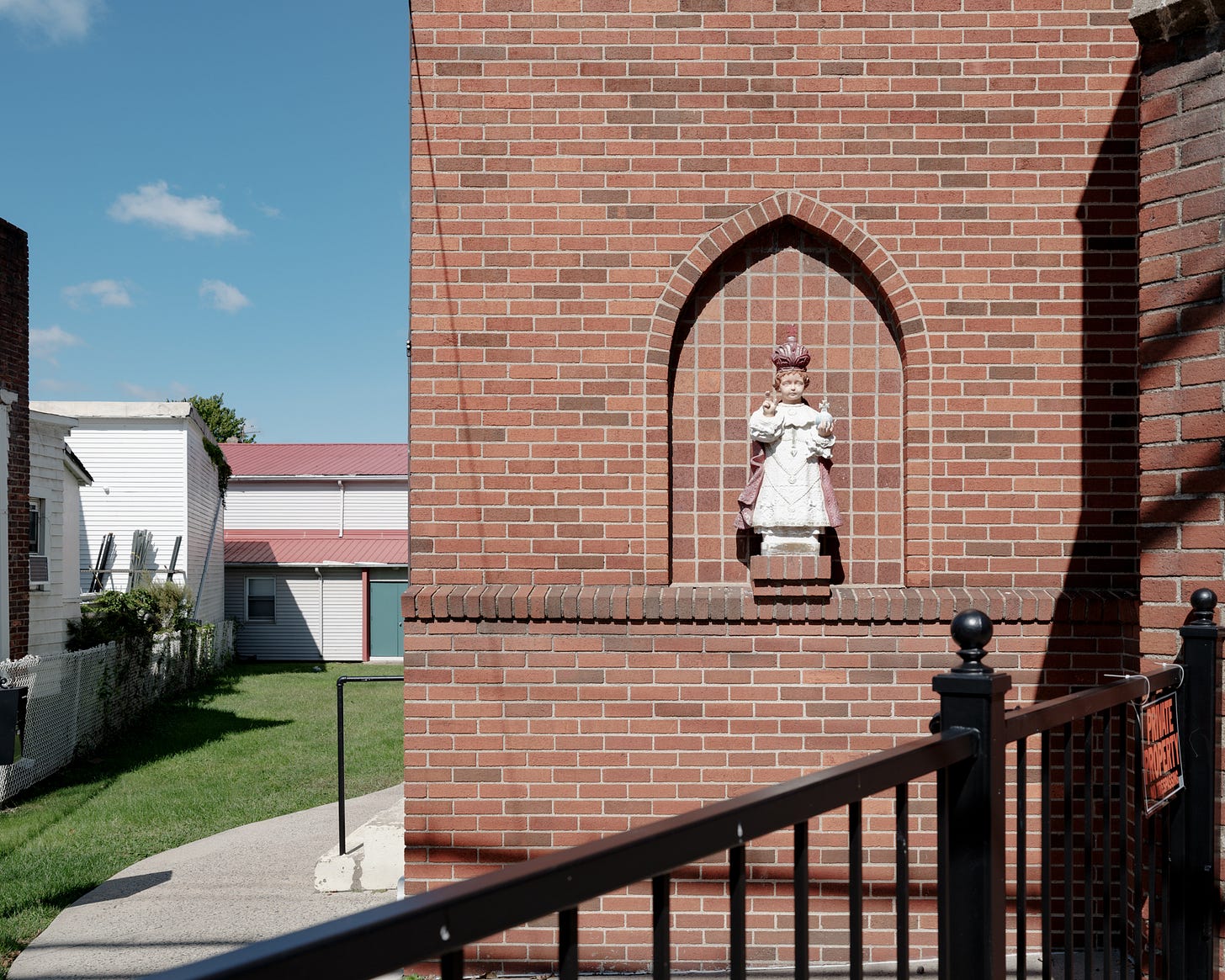
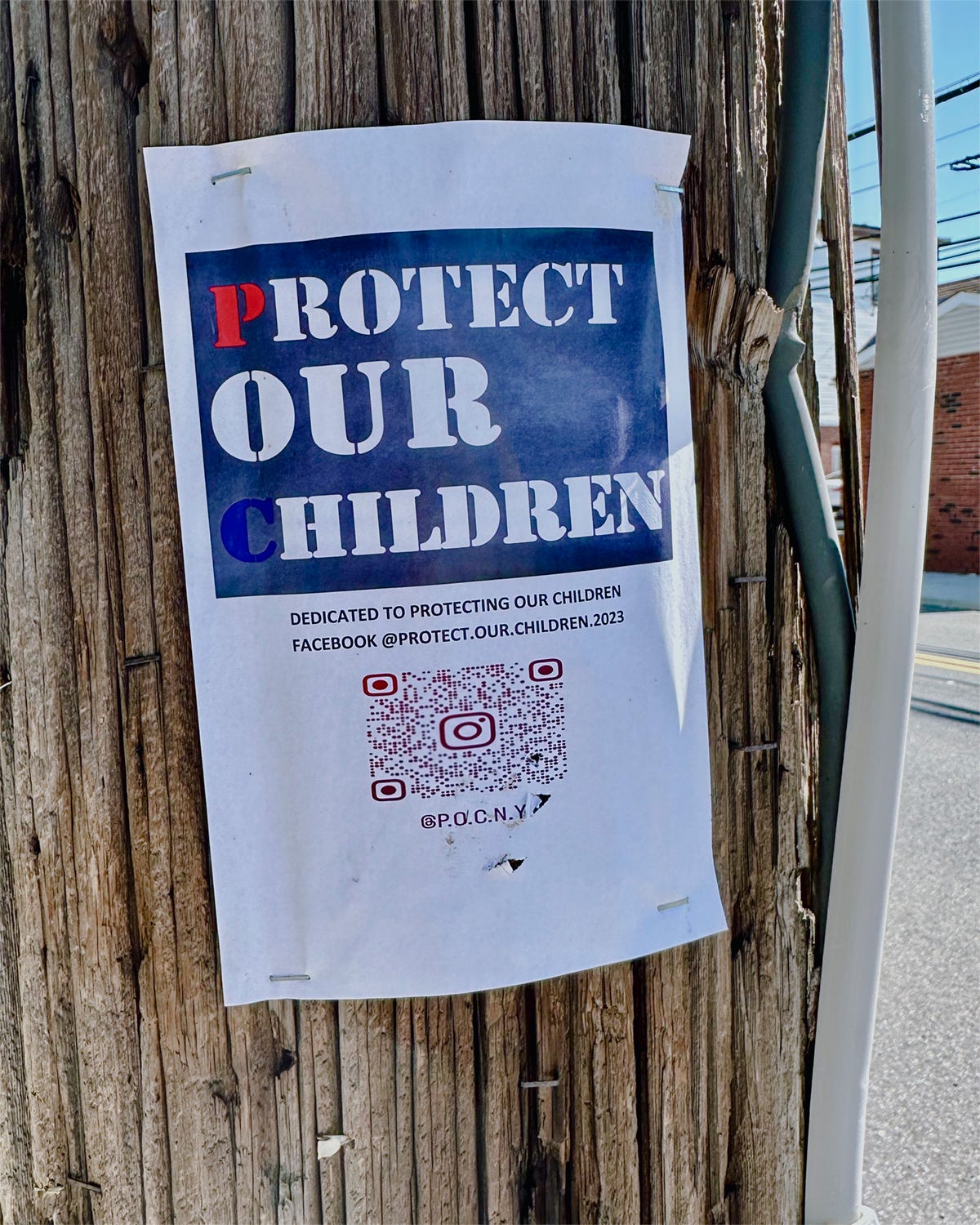
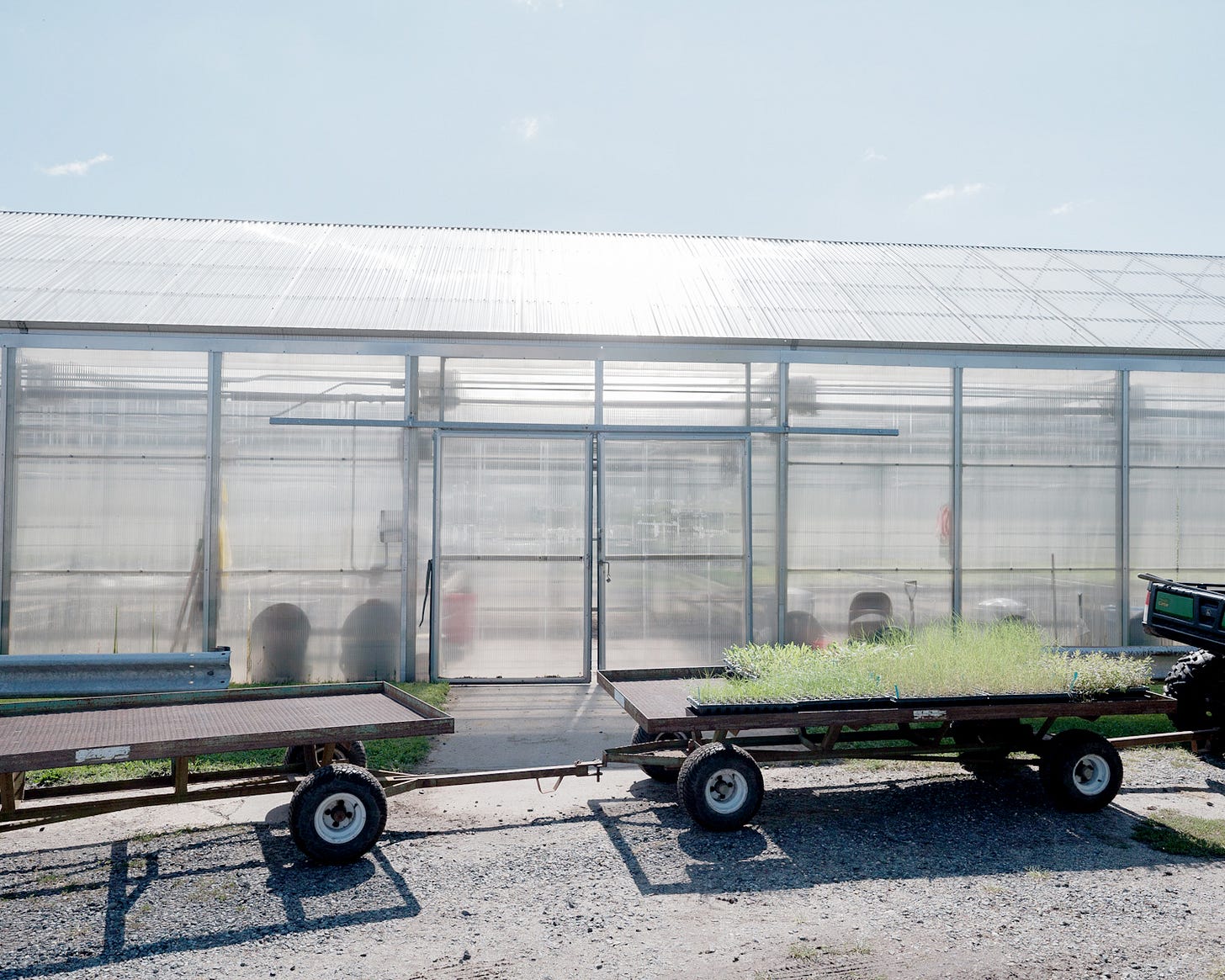
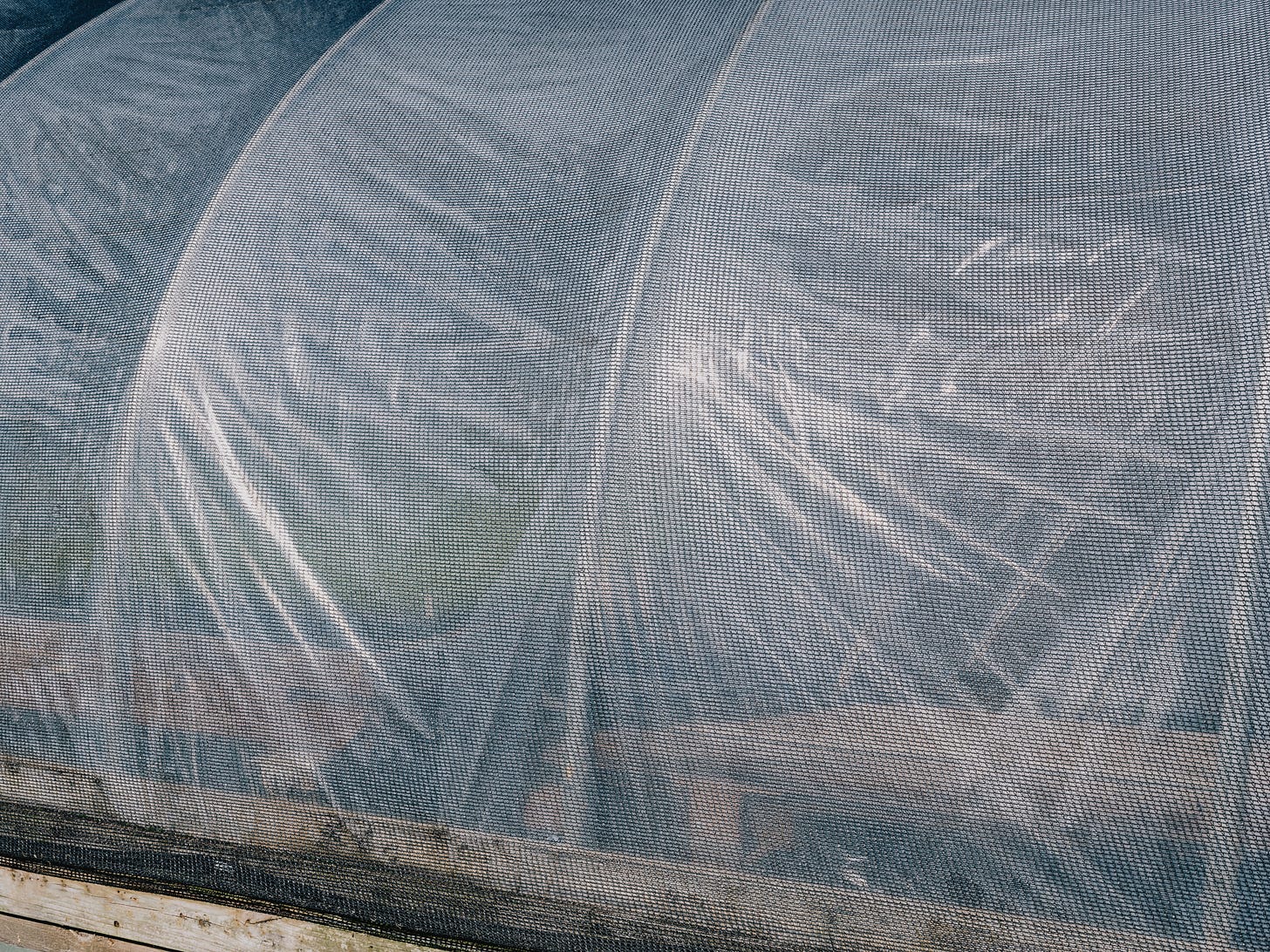
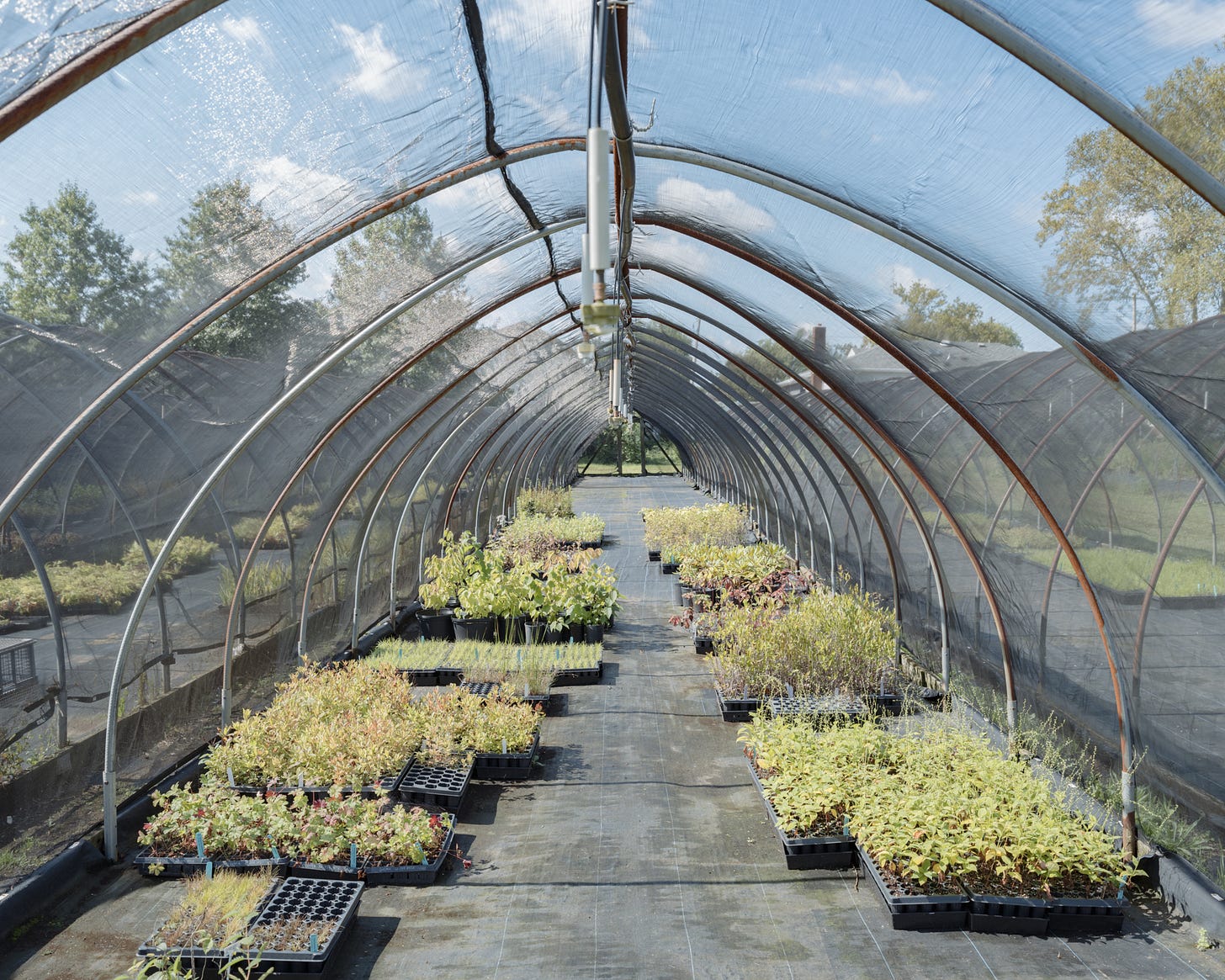

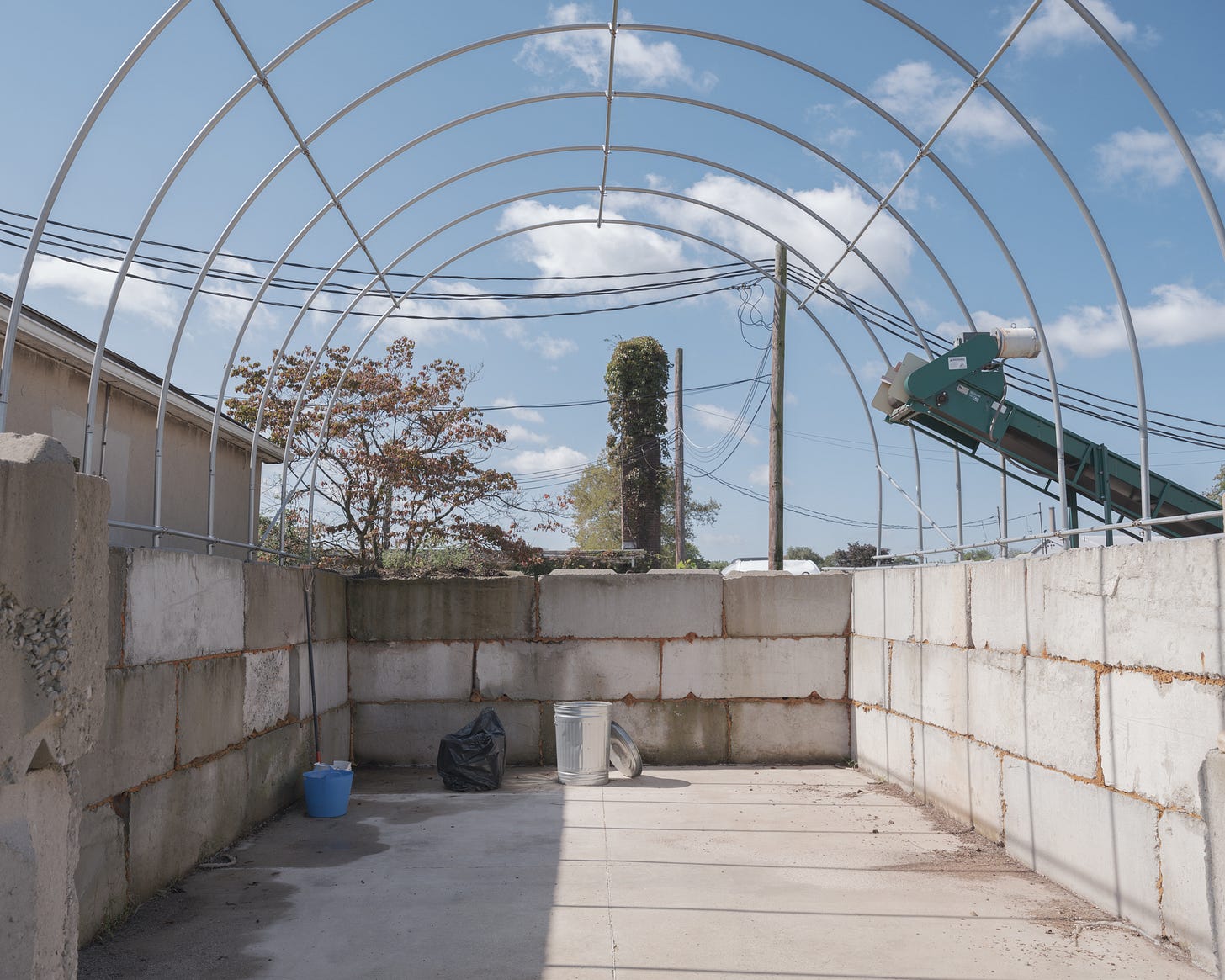
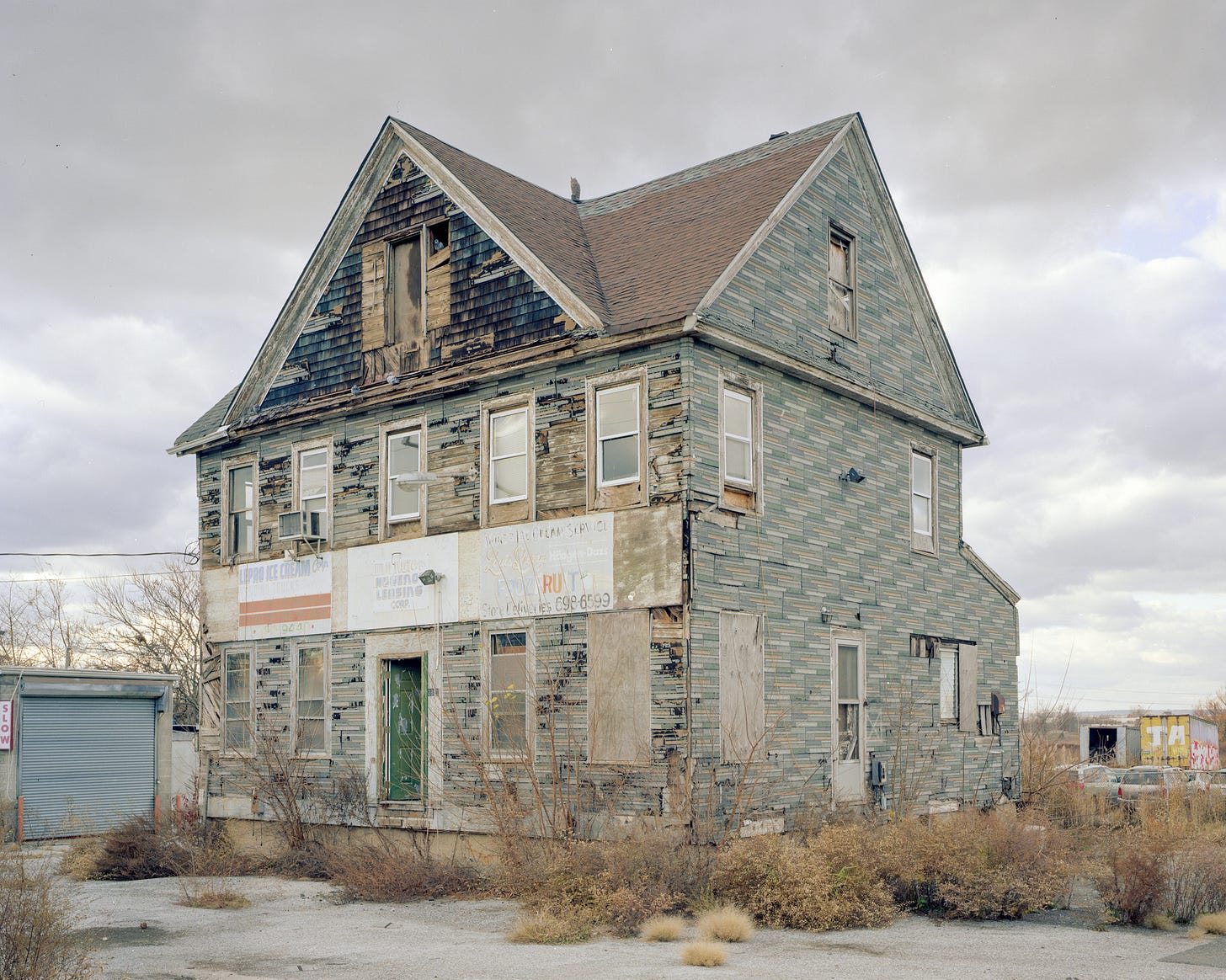
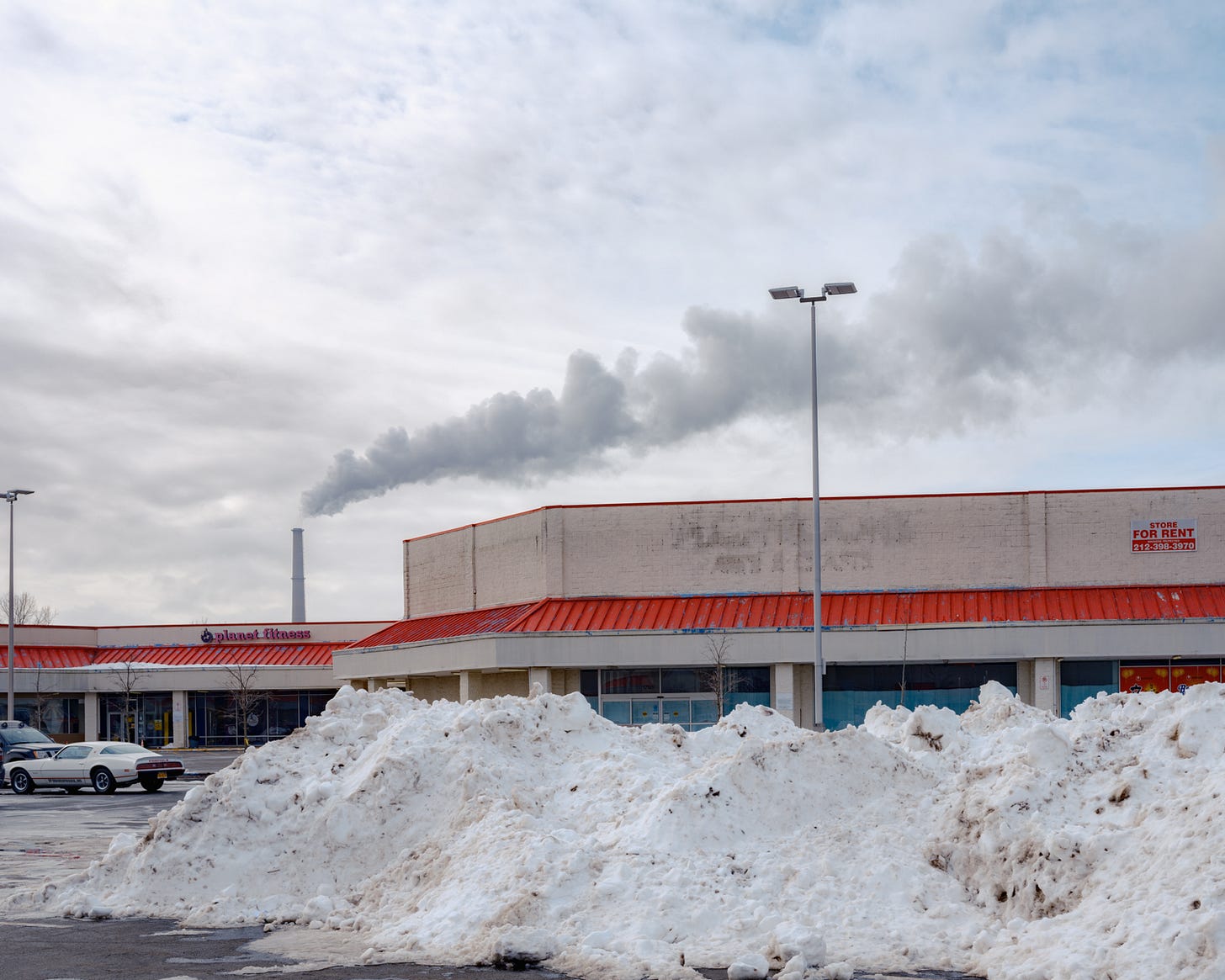
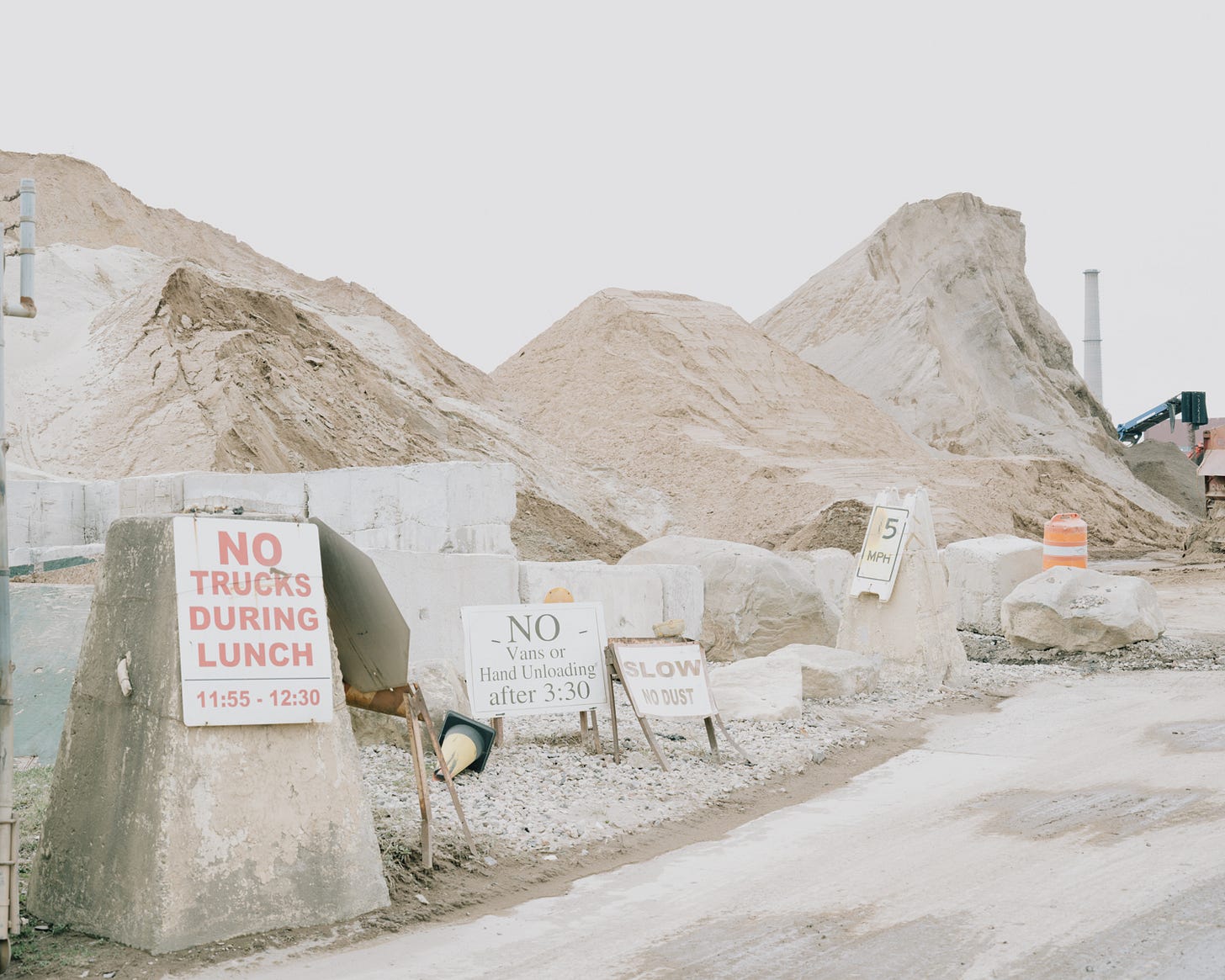

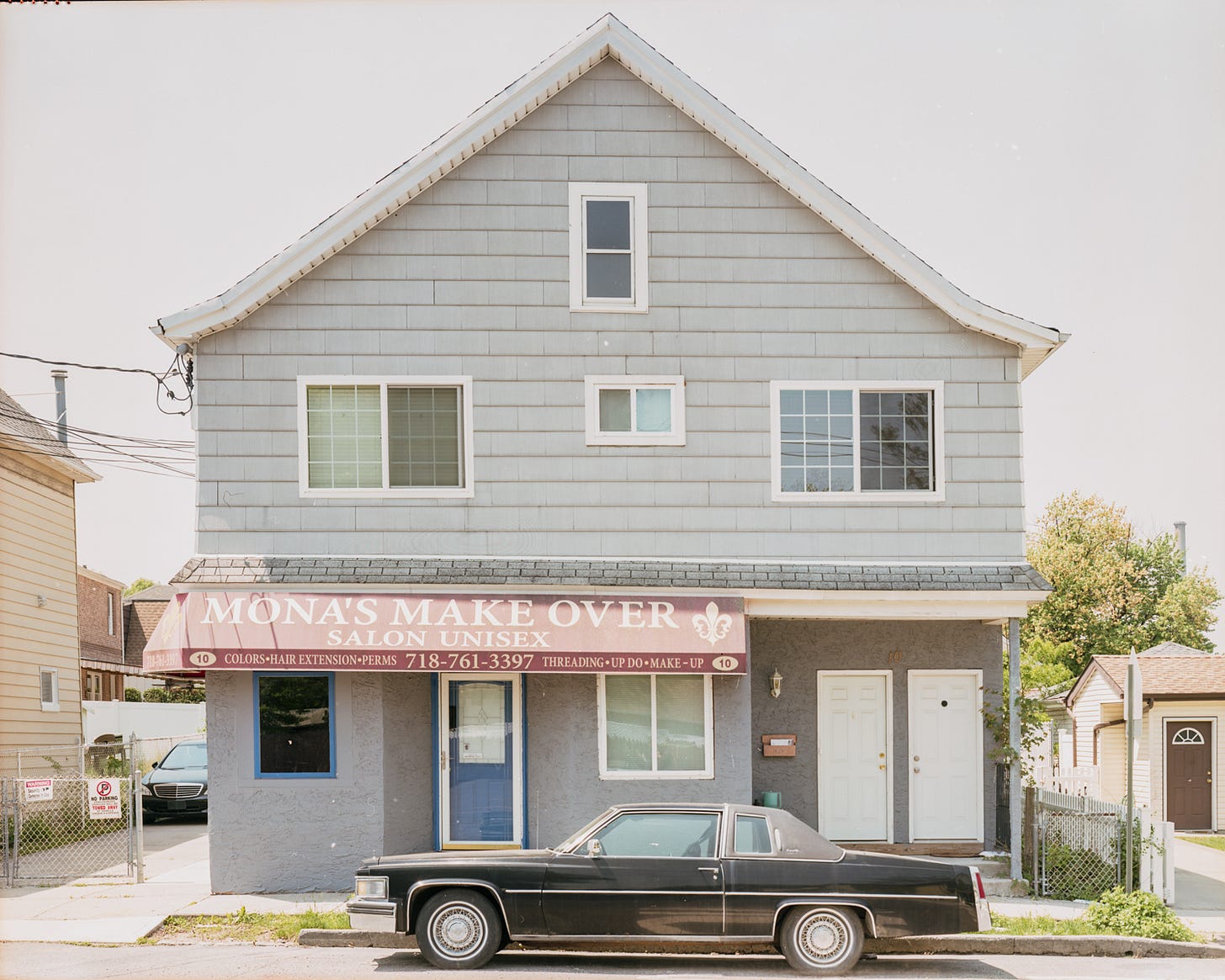
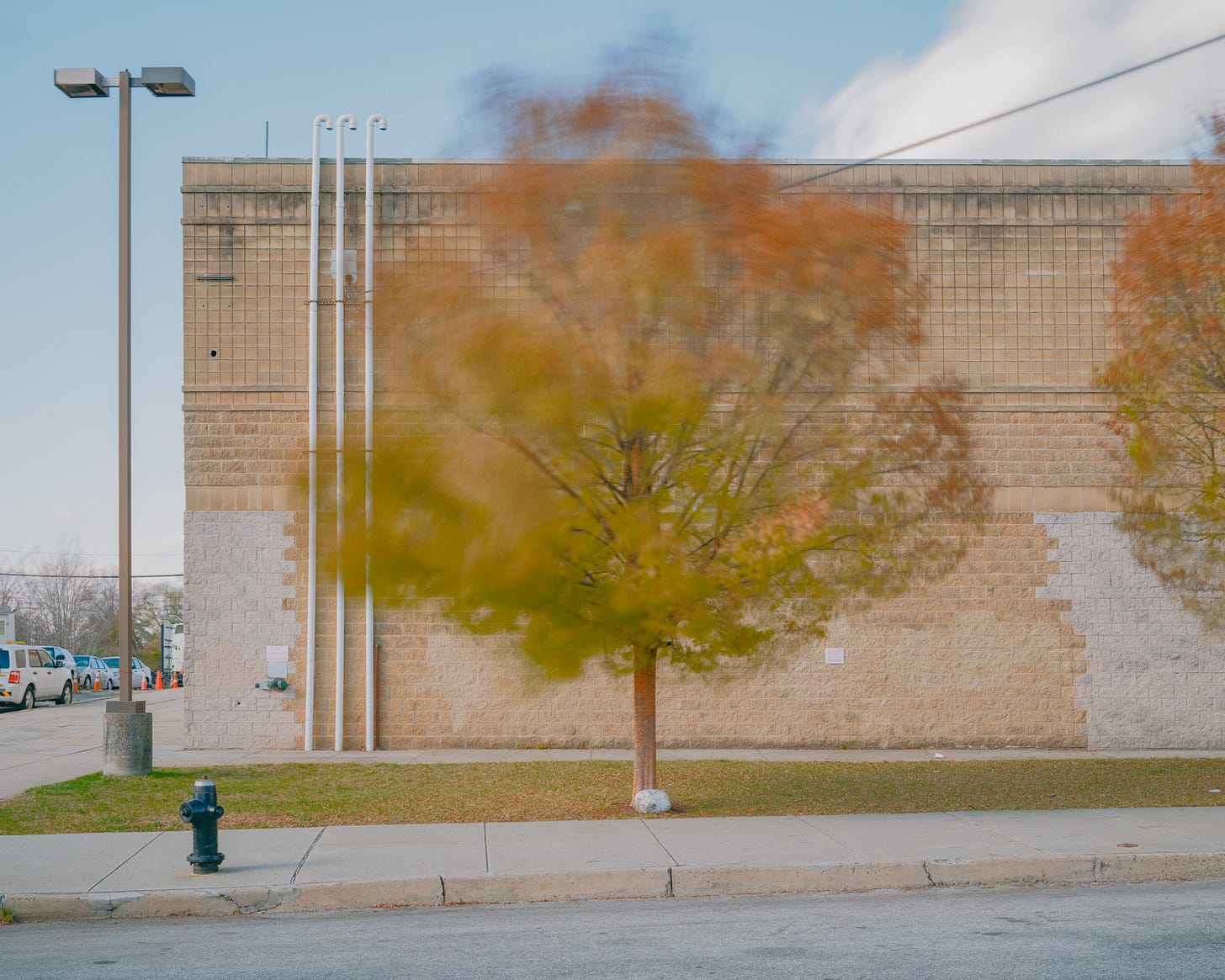
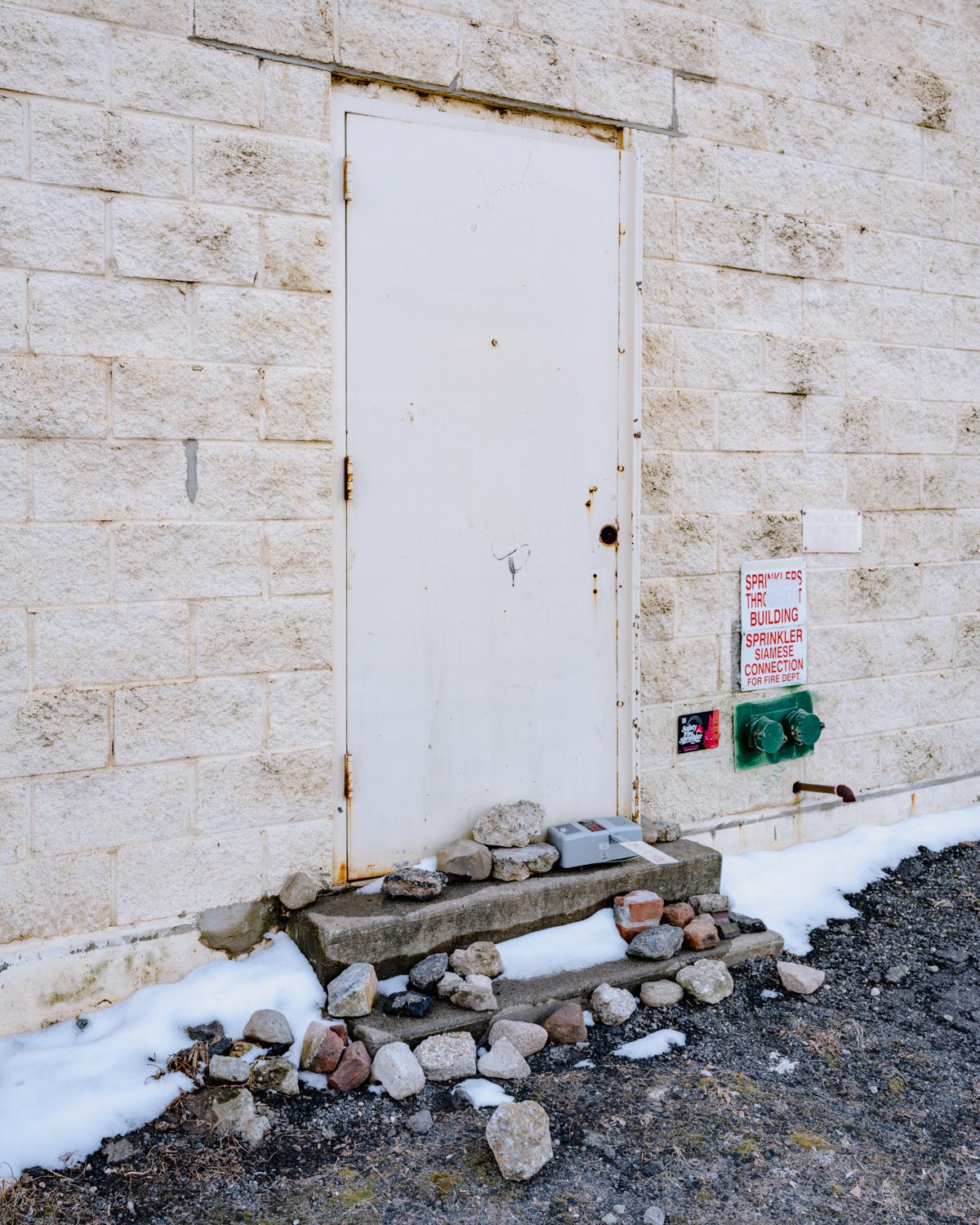
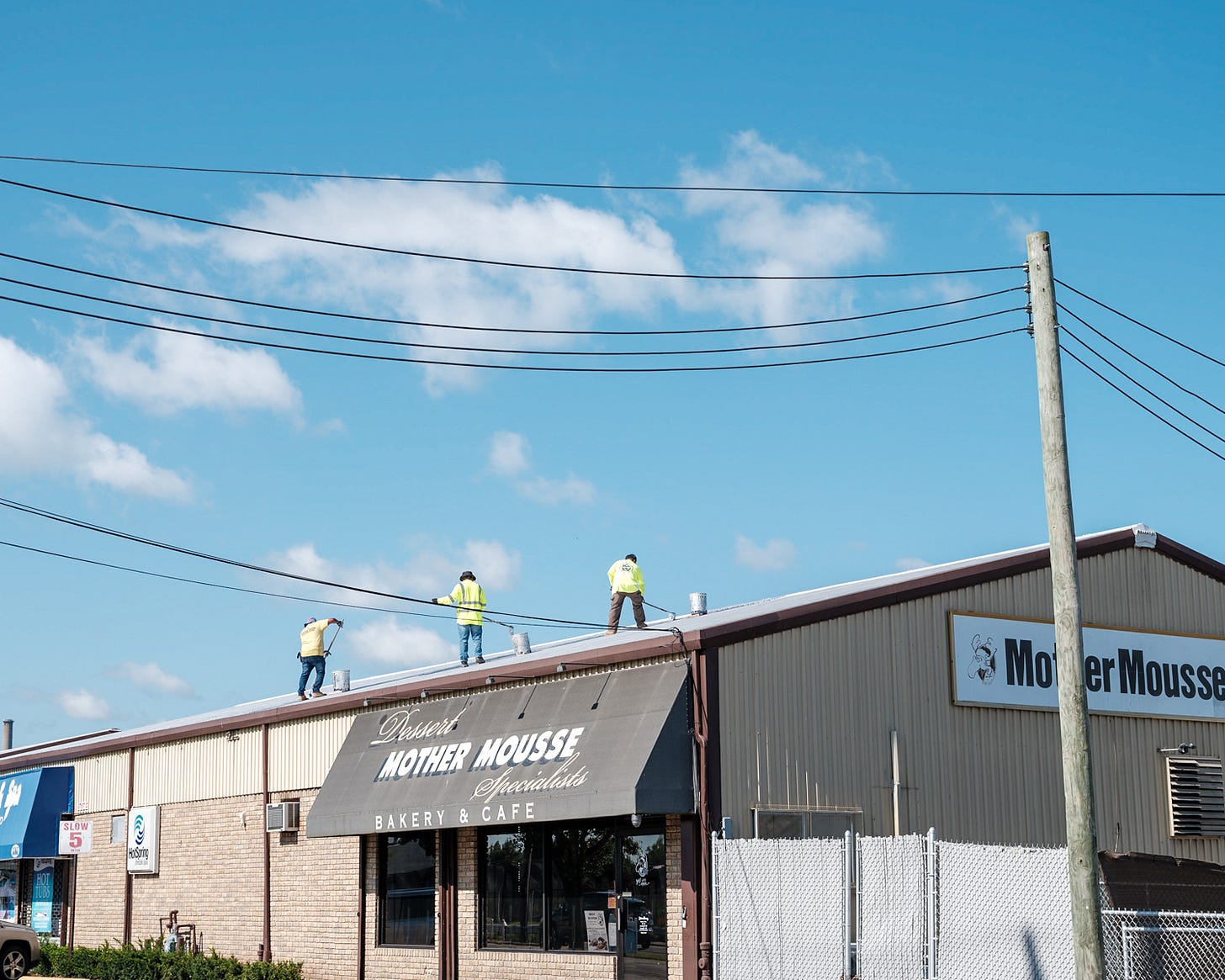
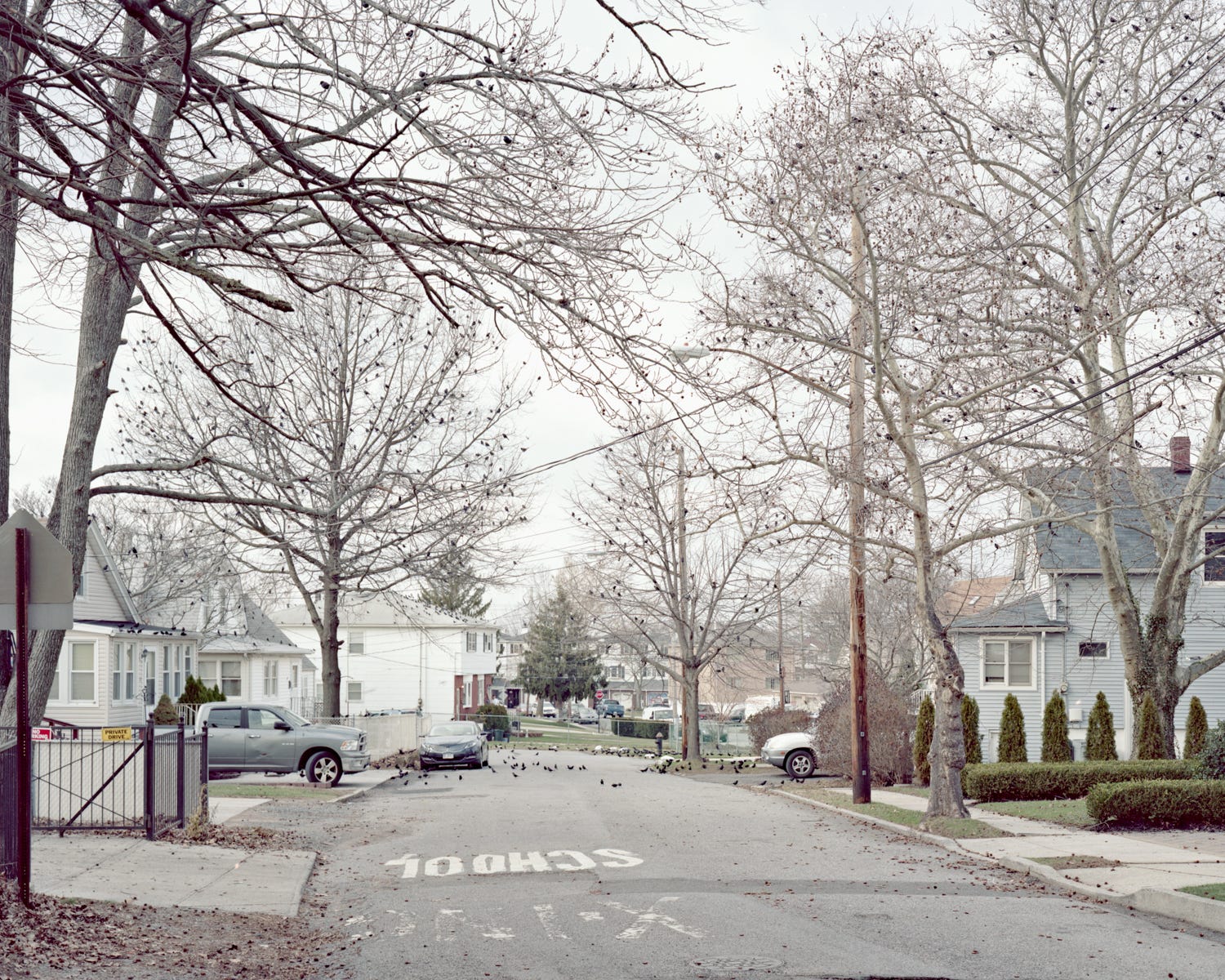
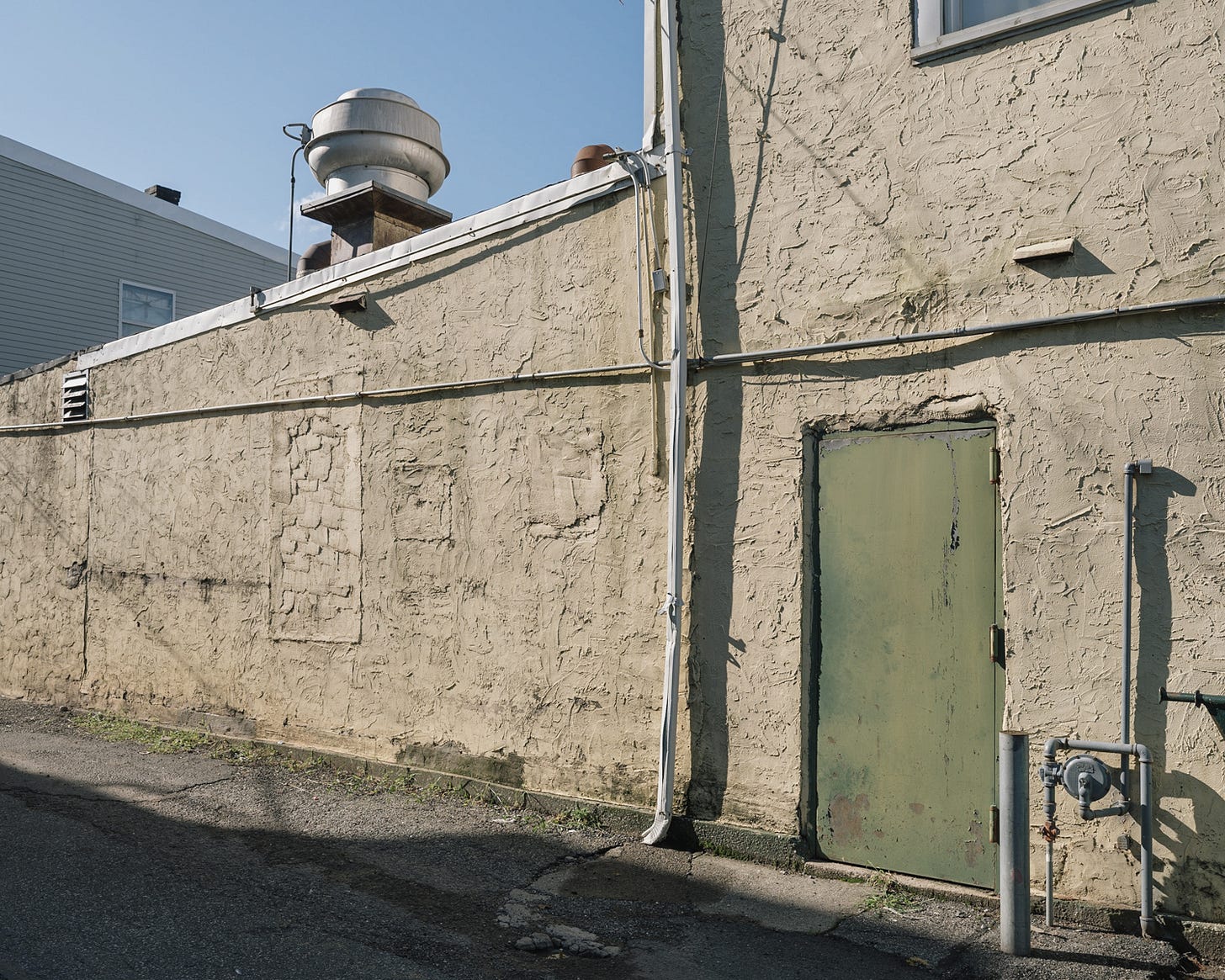
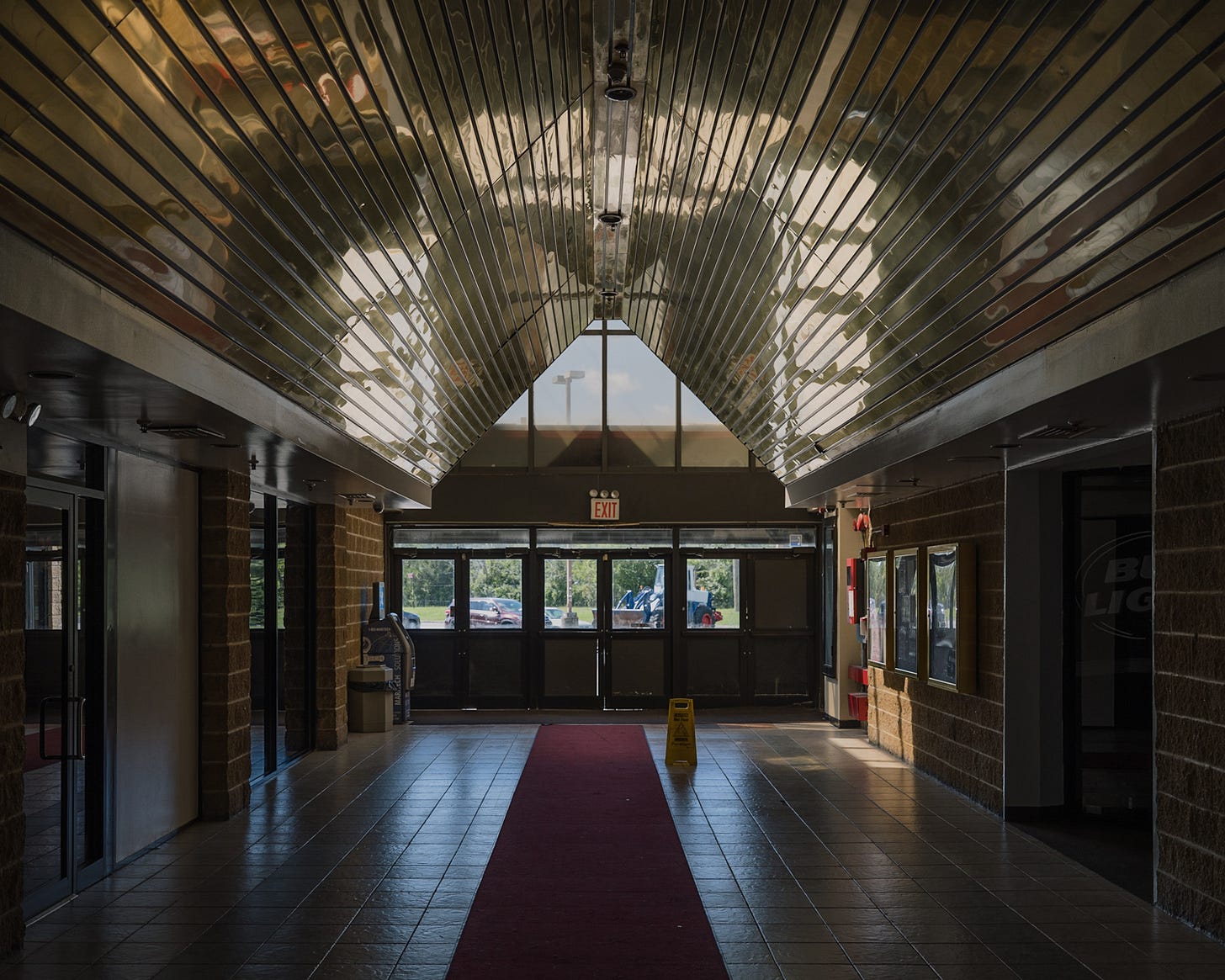
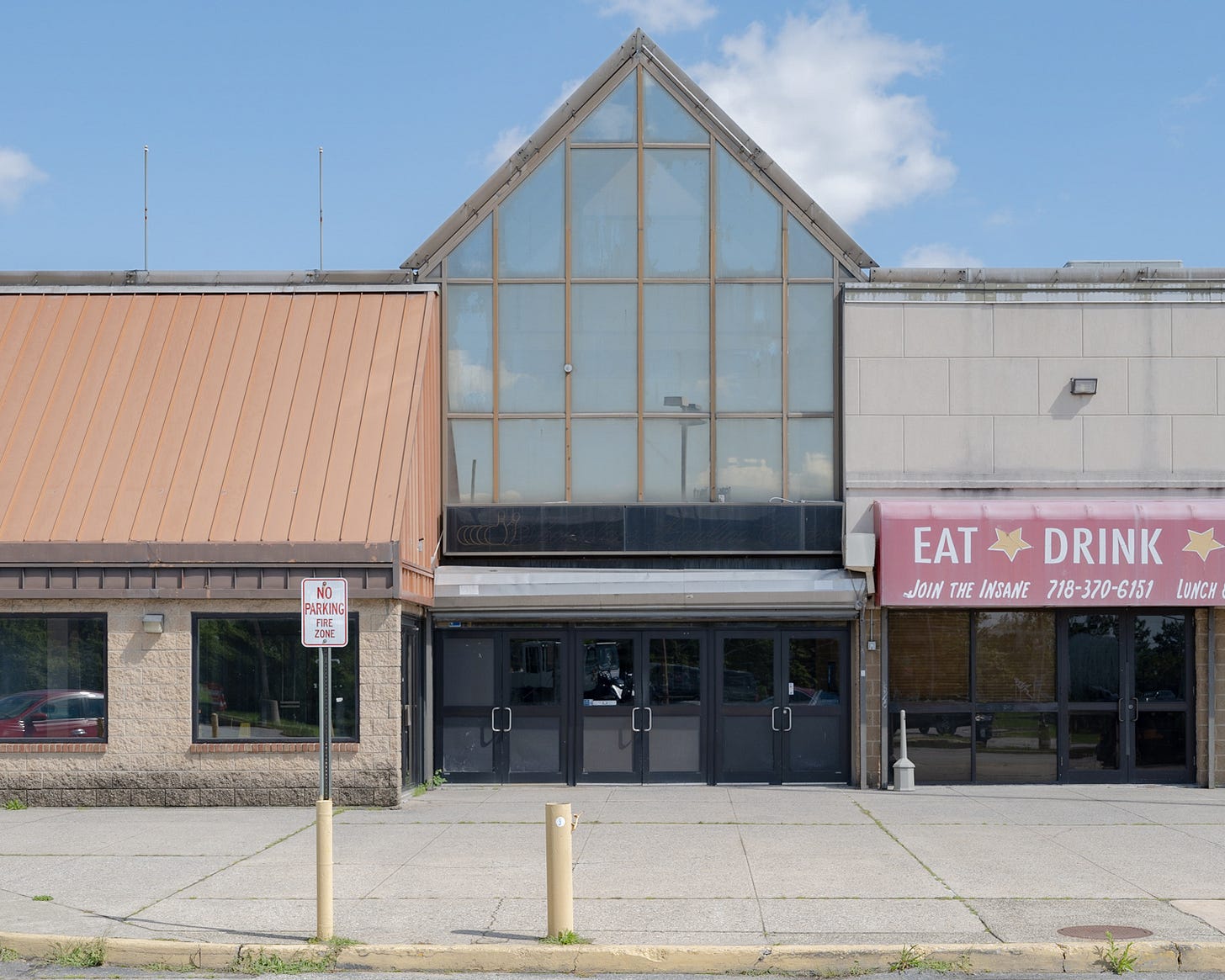
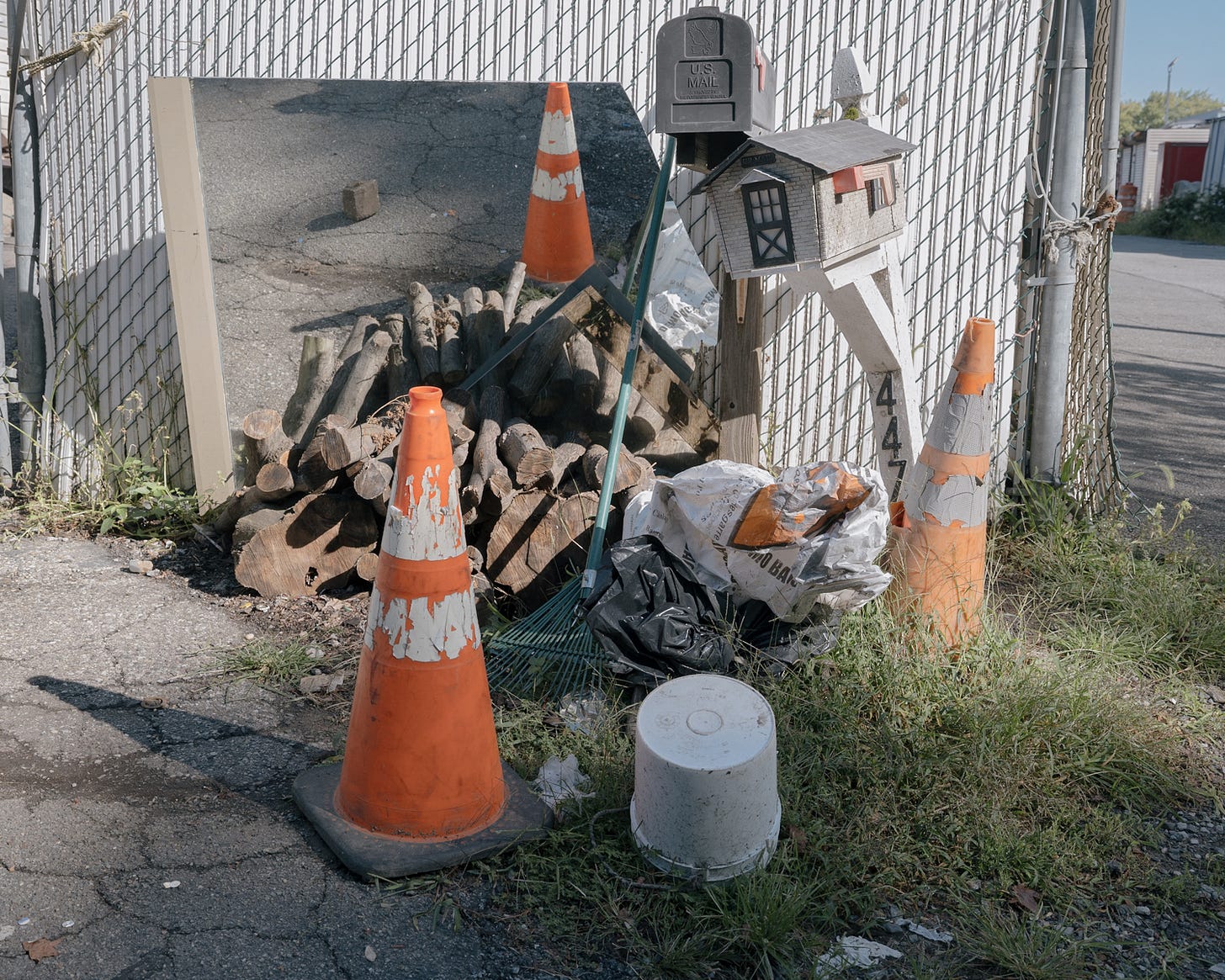
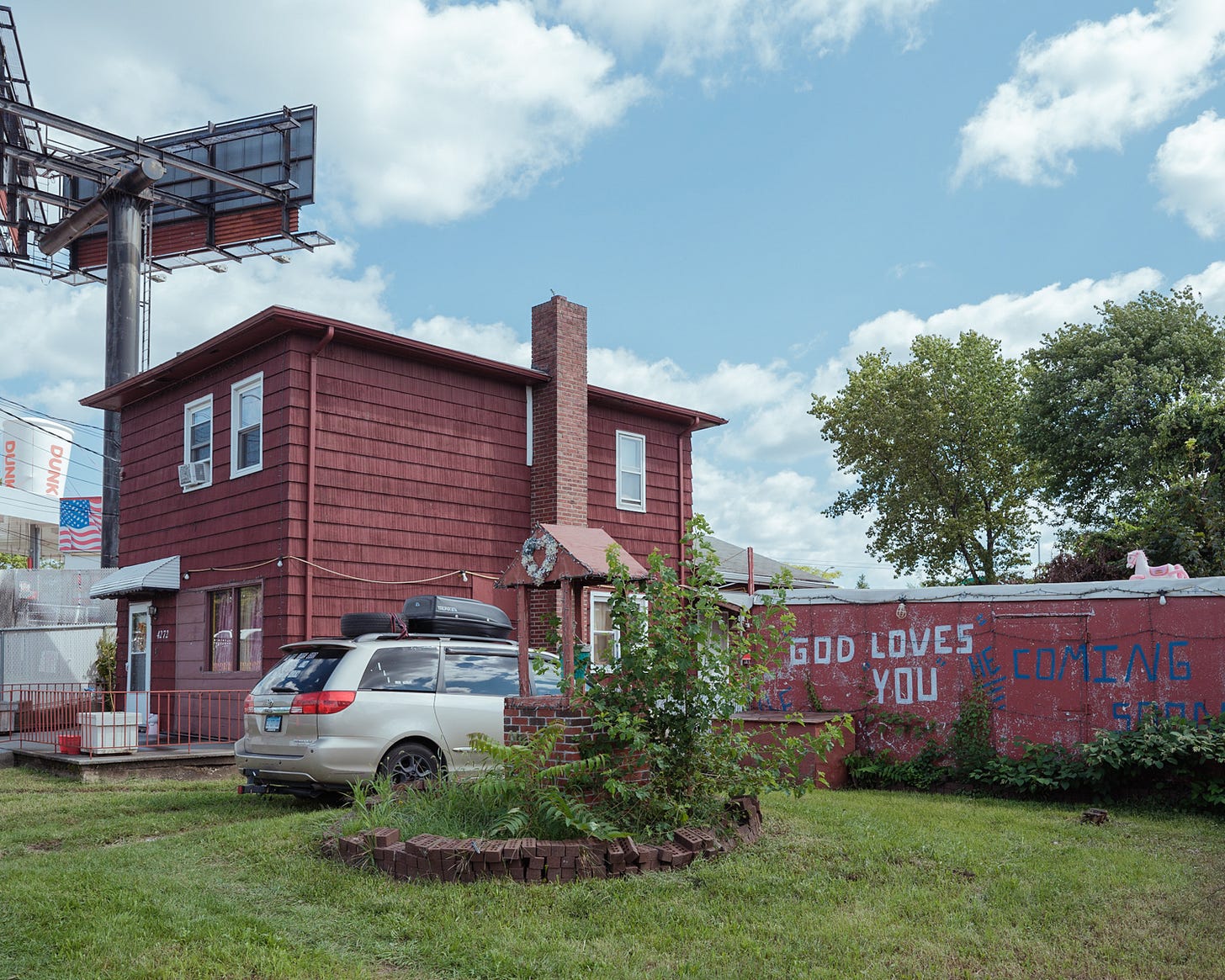
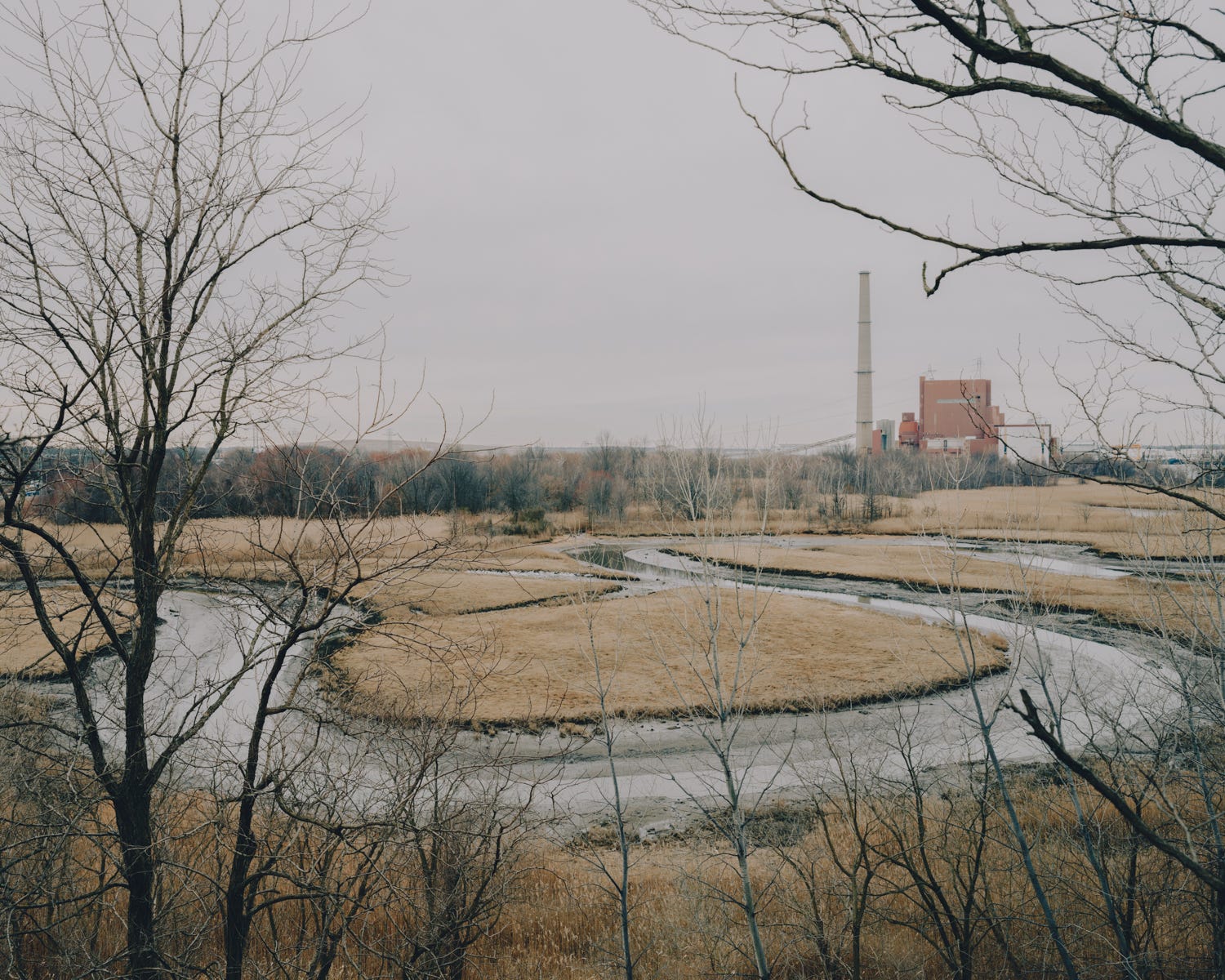
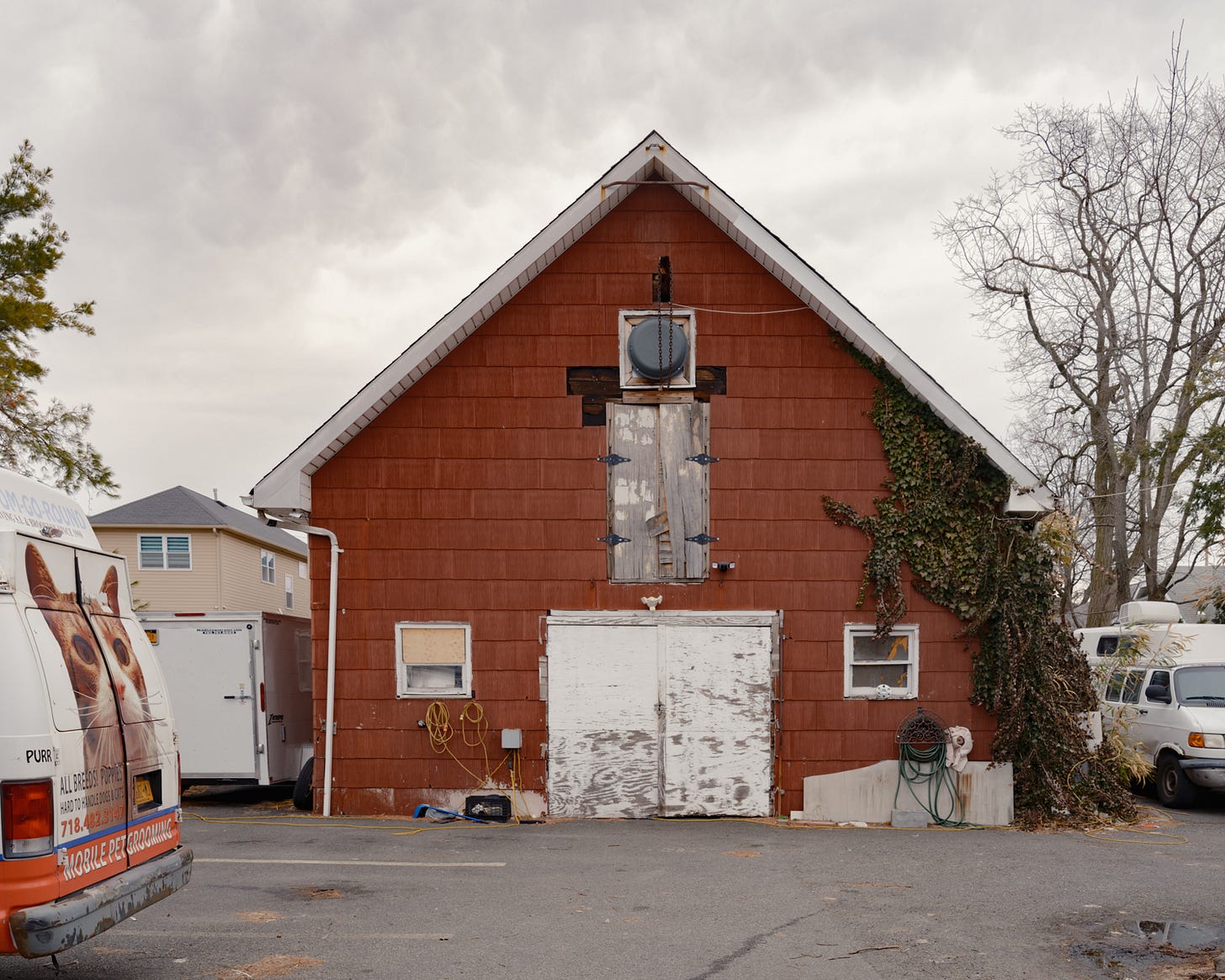
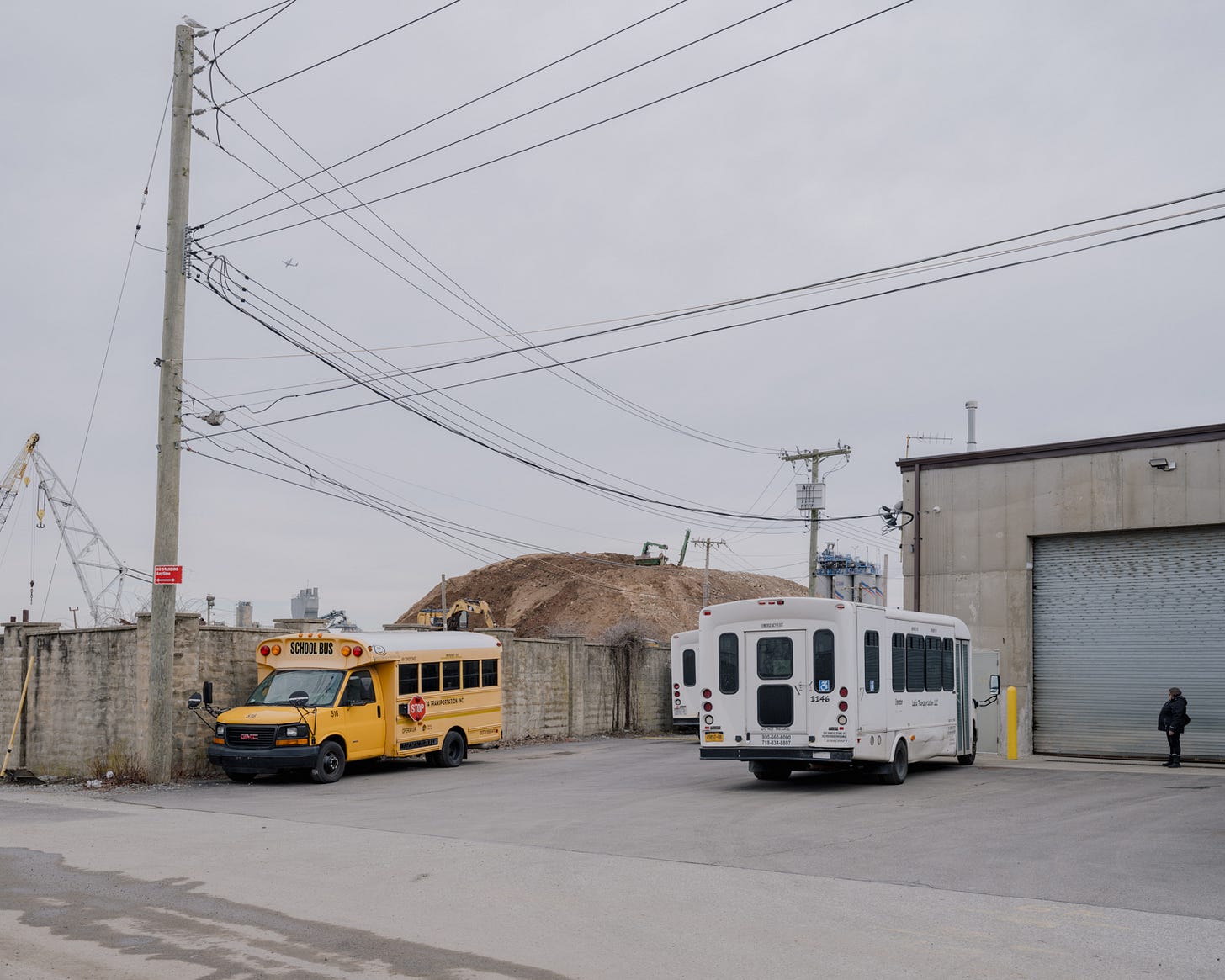
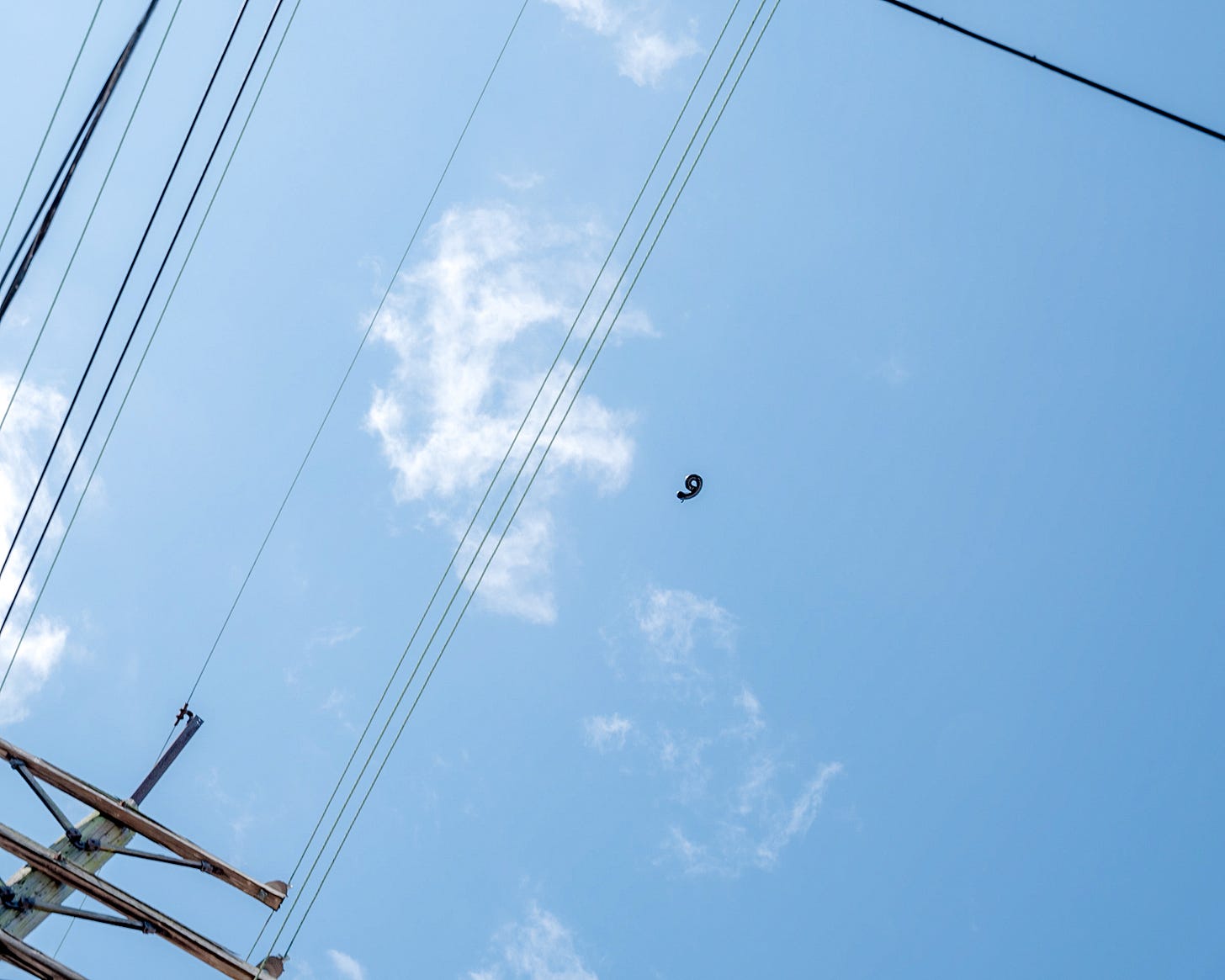

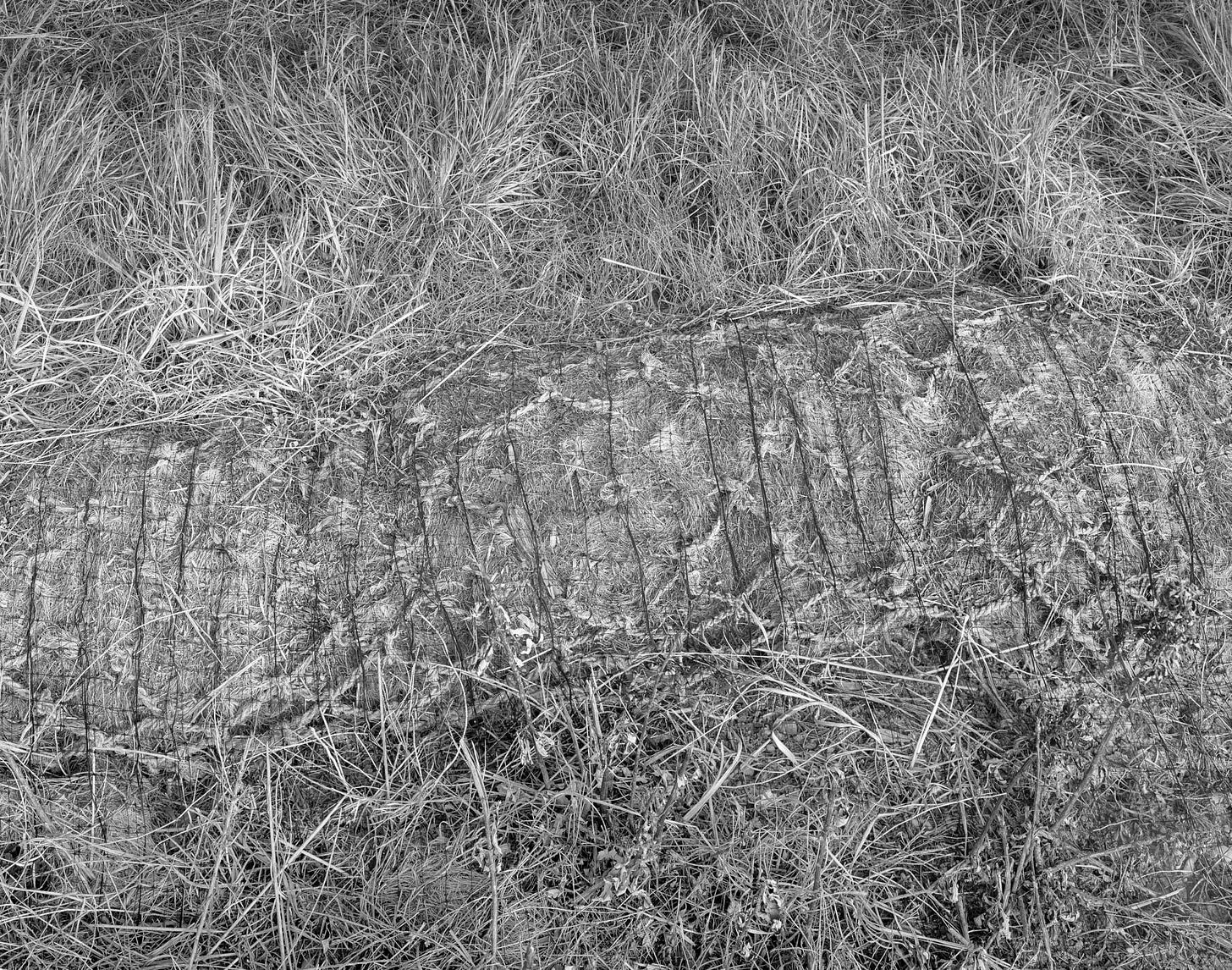
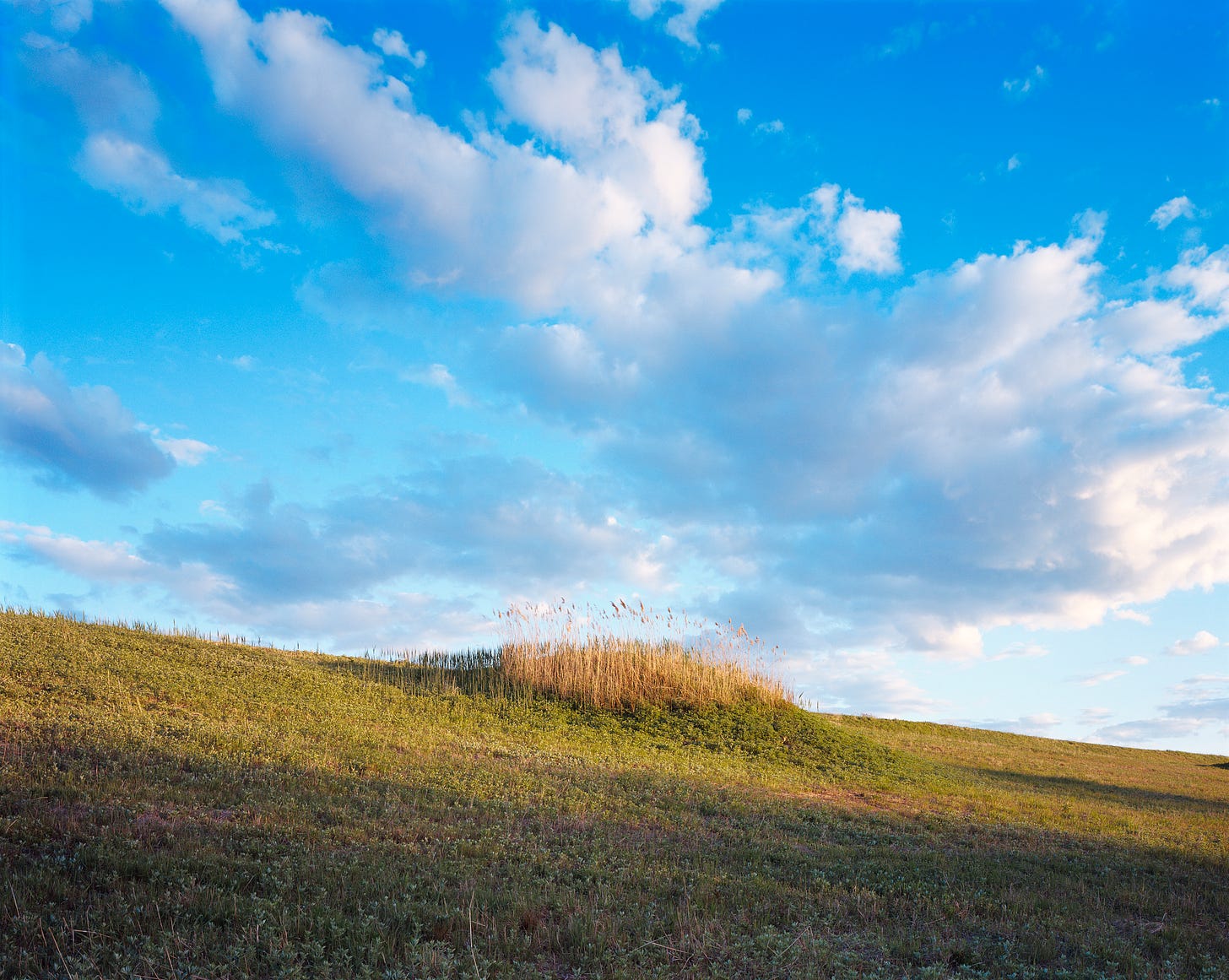
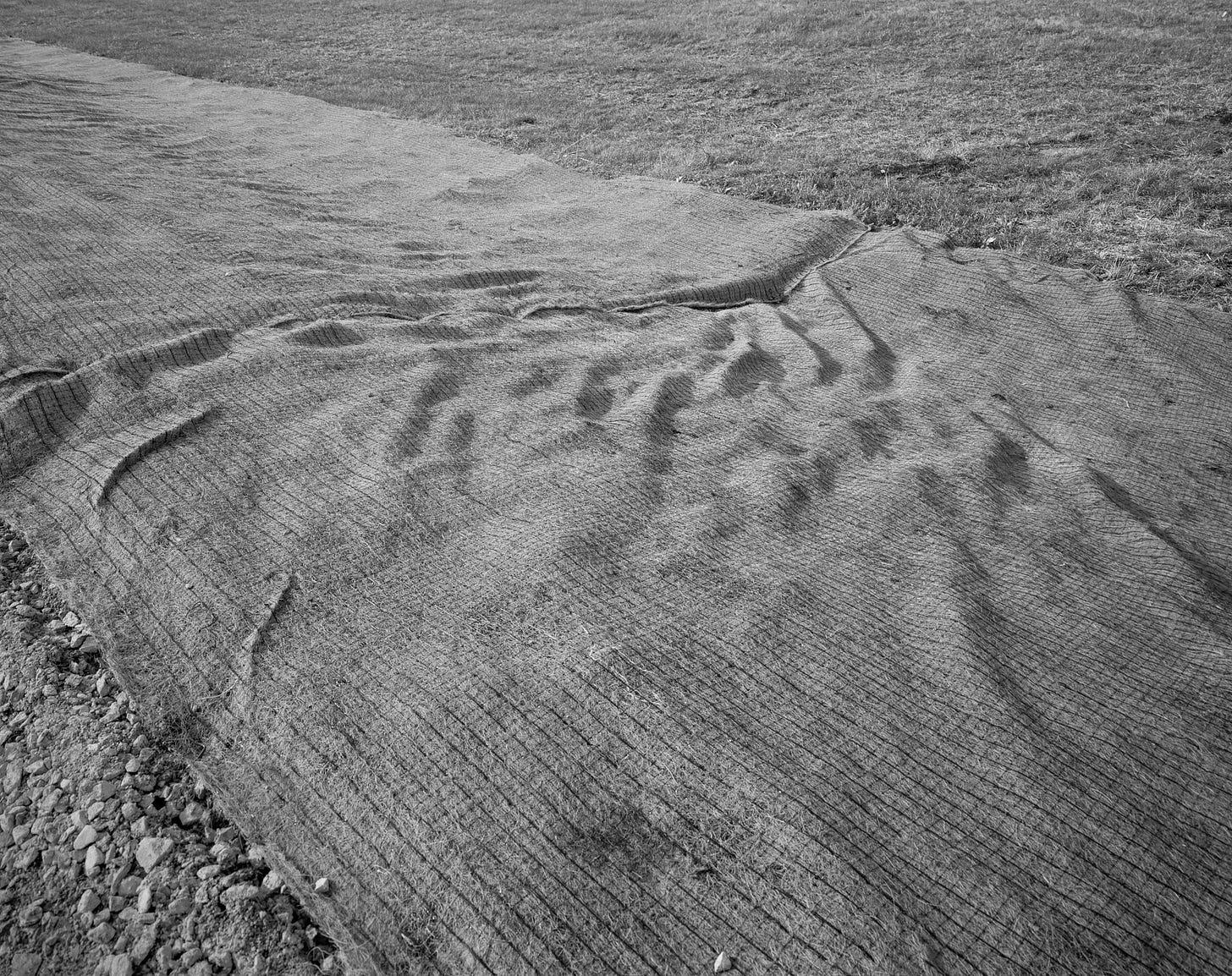
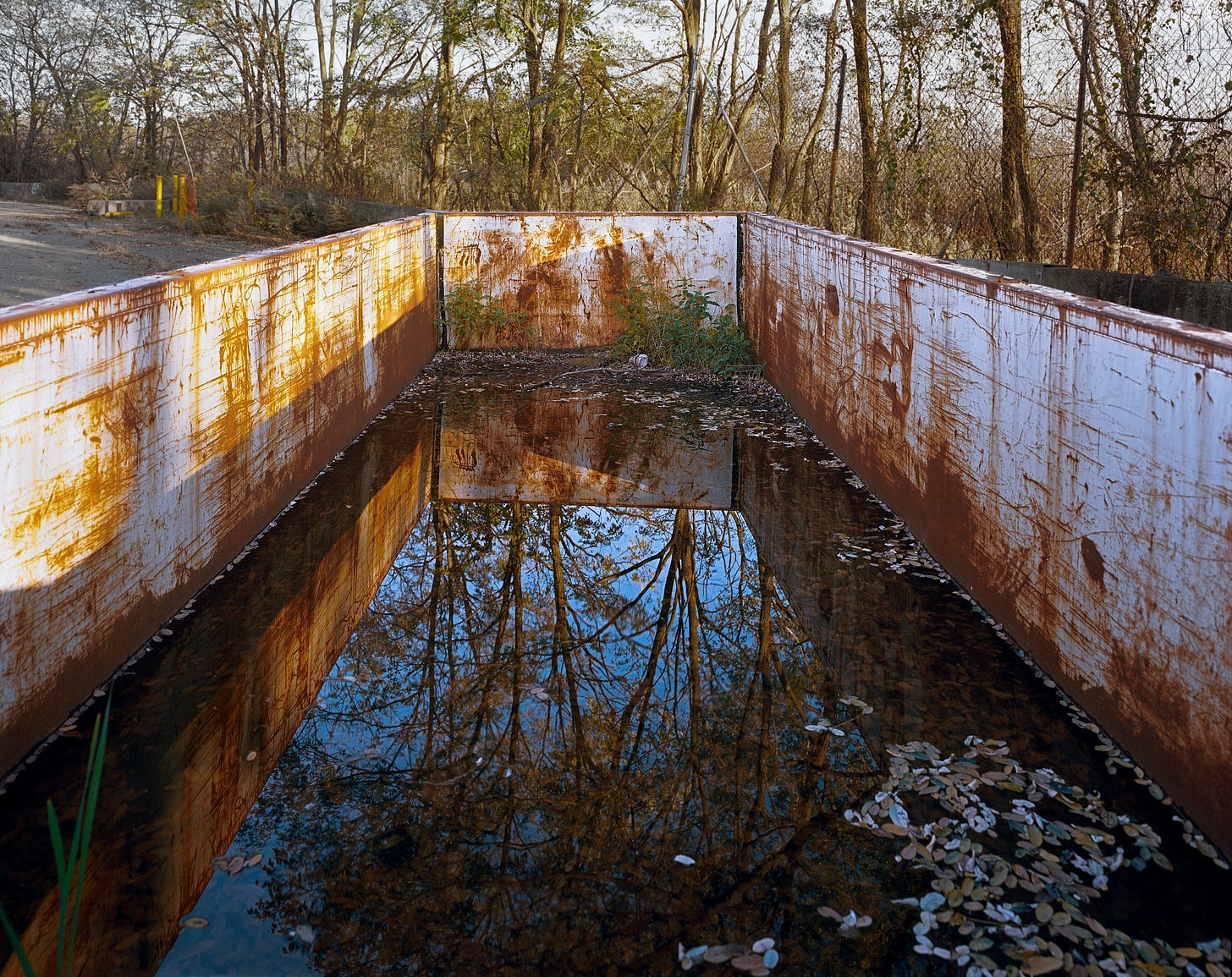

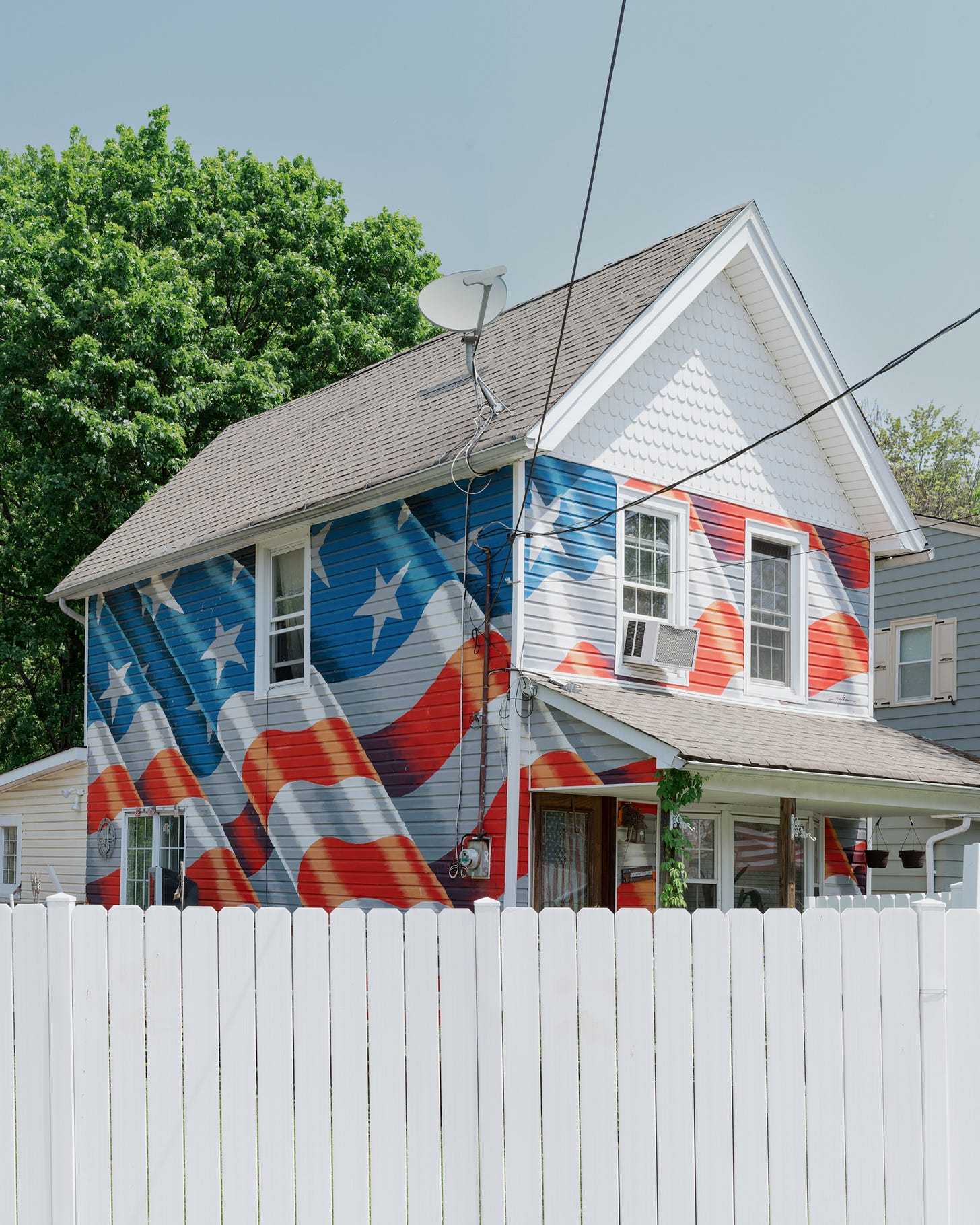
Amazing story and photos! More on the storage facilities project, please.
Wow that video!!